What body temp is too high. High Body Temperature: Causes, Risks, and Effective Cooling Methods
What causes body temperature to rise above normal levels. How can you recognize signs of dangerously high body heat. What are the most effective ways to quickly reduce elevated body temperature. When should you seek medical attention for a high fever.
Understanding Normal Body Temperature and Fever Thresholds
The human body maintains a delicate balance when it comes to internal temperature. But what exactly constitutes a “normal” body temperature, and at what point does it become concerningly high?
Normal body temperature typically hovers around 98.6°F (37°C), though this can fluctuate by up to 0.9°F (0.5°C) throughout the day. Slight person-to-person variations in average temperature are also common. However, a body temperature rising above 100.4°F (38°C) is generally considered to be in the fever range.
Factors Affecting Body Temperature
- Time of day (temperatures tend to be lower in the morning and higher in late afternoon/evening)
- Menstrual cycle in women
- Physical activity level
- Environmental conditions
- Age (older adults often have lower baseline temperatures)
- Certain medications
Is a slightly elevated temperature always cause for concern? Not necessarily. After intense exercise or on a particularly hot day, it’s normal for body temperature to rise temporarily. The key is monitoring how high the temperature climbs and how long it remains elevated.
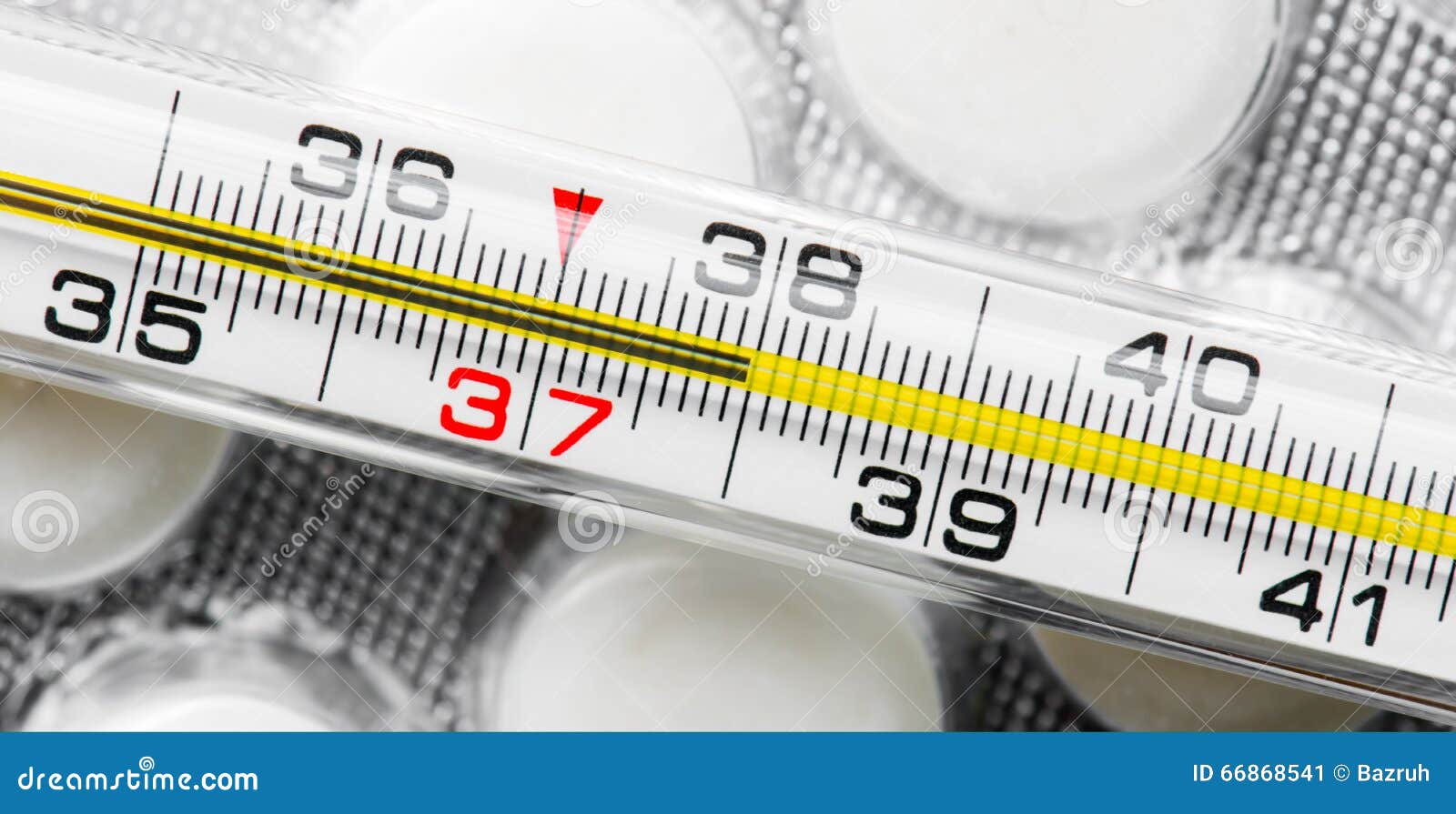
Common Causes of Elevated Body Temperature
There are numerous reasons why your body temperature might spike above normal levels. Understanding these potential causes can help you determine whether simple at-home remedies will suffice or if medical attention is warranted.
Environmental Factors
- Hot weather conditions
- High humidity
- Prolonged sun exposure
- Lack of air circulation
Physical Exertion
- Intense exercise
- Manual labor in hot conditions
- Overdressing for the weather
Medical Conditions
- Infections (viral, bacterial, or parasitic)
- Inflammatory disorders
- Certain cancers
- Thyroid disorders
- Heat exhaustion or heat stroke
Medications and Substances
- Some antibiotics
- Certain psychiatric medications
- Stimulant drugs
- Alcohol consumption
Can dehydration cause a rise in body temperature? Yes, severe dehydration can impair your body’s ability to regulate temperature effectively, potentially leading to elevated body heat.
Recognizing Dangerous Levels of Body Heat
While a slight temperature elevation isn’t usually cause for alarm, it’s crucial to recognize when body heat has reached potentially dangerous levels. Heat exhaustion and heat stroke are serious conditions that can occur when the body overheats severely.

Signs of Heat Exhaustion
- Heavy sweating
- Cold, pale, and clammy skin
- Fast, weak pulse
- Nausea or vomiting
- Muscle cramps
- Tiredness or weakness
- Dizziness
- Headache
Signs of Heat Stroke
- High body temperature (103°F or higher)
- Hot, red, dry, or damp skin
- Fast, strong pulse
- Headache
- Dizziness
- Nausea
- Confusion
- Losing consciousness
How quickly can heat stroke develop? Heat stroke can occur suddenly, sometimes within 10-15 minutes of extreme heat exposure, especially if the person is dehydrated or engaging in strenuous activity.
8 Effective Methods to Reduce Body Heat
When you’re dealing with elevated body temperature, whether from environmental factors, illness, or exertion, there are several strategies you can employ to cool down. Here are eight effective methods to reduce body heat:
- Hydrate strategically: Drink plenty of cool water or electrolyte-rich fluids to replenish lost fluids and help regulate body temperature.
- Take a cool shower or bath: Immersing yourself in cool water can quickly lower your body temperature through conduction.
- Use cold compresses: Apply cold, damp cloths to pulse points like your neck, wrists, and forehead to cool blood flow.
- Dress for coolness: Wear loose-fitting, light-colored clothing made from breathable fabrics like cotton.
- Create air flow: Use fans or open windows to promote air circulation and enhance evaporative cooling.
- Avoid heat-generating activities: Minimize cooking, exercising, or using heat-producing appliances during the hottest parts of the day.
- Eat cooling foods: Consume foods with high water content like fruits and vegetables, or enjoy chilled soups.
- Find shade or air conditioning: Seek out cooler environments, especially during peak heat hours.
Which method is most effective for quickly reducing body temperature? While all these methods can help, immersion in cool water (such as a cool bath or shower) is often the fastest way to lower body temperature in cases of severe overheating.

The Role of Hydration in Temperature Regulation
Proper hydration plays a crucial role in maintaining normal body temperature. When you’re well-hydrated, your body can more effectively regulate its temperature through sweating and blood flow.
How Dehydration Affects Body Temperature
Dehydration can impair your body’s ability to cool itself in several ways:
- Reduced blood volume, making it harder for your body to transport heat away from your core
- Decreased sweat production, limiting evaporative cooling
- Electrolyte imbalances that can affect cellular function and heat regulation
How much water should you drink to prevent overheating? While individual needs vary, a general guideline is to drink at least 8-10 glasses (64-80 ounces) of water daily, increasing this amount during hot weather or physical activity.
Hydration Tips for Hot Weather
- Drink water regularly, even before you feel thirsty
- Avoid alcohol and caffeine, which can contribute to dehydration
- Choose electrolyte-rich beverages for prolonged heat exposure or intense activity
- Eat water-rich fruits and vegetables
- Monitor your urine color – pale yellow indicates good hydration
When to Seek Medical Attention for High Body Temperature
While many cases of elevated body temperature can be managed at home, there are situations where professional medical care is necessary. Knowing when to seek help can be crucial for preventing serious complications.

Seek Immediate Medical Attention If:
- Body temperature reaches 103°F (39.4°C) or higher
- High fever is accompanied by severe headache, confusion, or loss of consciousness
- Fever persists for more than three days
- You have other serious symptoms like difficulty breathing, chest pain, or severe abdominal pain
- You have a compromised immune system or other chronic health conditions
- An infant under 3 months has any fever
Can untreated high body temperature lead to complications? Yes, prolonged high body temperature can potentially lead to organ damage, seizures, or other serious health issues if left untreated.
Understanding Heat-Related Illnesses
As temperatures rise, so does the risk of heat-related illnesses. These conditions occur when the body’s temperature regulation mechanisms are overwhelmed, leading to a dangerous buildup of internal heat.
The Spectrum of Heat-Related Illnesses
- Heat Rash: A skin irritation caused by excessive sweating in hot, humid weather.
- Heat Cramps: Painful muscle spasms, often in the legs or abdomen, caused by loss of fluids and electrolytes.
- Heat Exhaustion: A more serious condition characterized by heavy sweating, weakness, dizziness, and nausea.
- Heat Stroke: The most severe and life-threatening heat-related illness, involving very high body temperature, confusion, and potential loss of consciousness.
How quickly can heat exhaustion progress to heat stroke? Heat exhaustion can evolve into heat stroke rapidly, sometimes within 30 minutes to an hour if the person remains in a hot environment and doesn’t receive proper treatment.

Risk Factors for Heat-Related Illnesses
- Age (very young and elderly are more vulnerable)
- Obesity
- Certain medications
- Lack of acclimatization to hot environments
- Alcohol consumption
- Strenuous physical activity in hot conditions
- Certain medical conditions (e.g., heart disease, diabetes)
Understanding these risk factors can help individuals take appropriate precautions and recognize early warning signs of heat-related illnesses.
The Science of Body Temperature Regulation
The human body’s ability to maintain a stable internal temperature is a remarkable feat of biological engineering. This process, known as thermoregulation, involves a complex interplay of physiological mechanisms.
Key Players in Temperature Regulation
- Hypothalamus: Often called the body’s thermostat, this region of the brain monitors and regulates body temperature.
- Blood Vessels: Dilation (widening) or constriction (narrowing) of blood vessels helps control heat distribution.
- Sweat Glands: Produce sweat, which cools the body through evaporation.
- Muscles: Can generate heat through shivering when the body needs to warm up.
Methods of Heat Loss
The body uses four primary methods to dissipate excess heat:
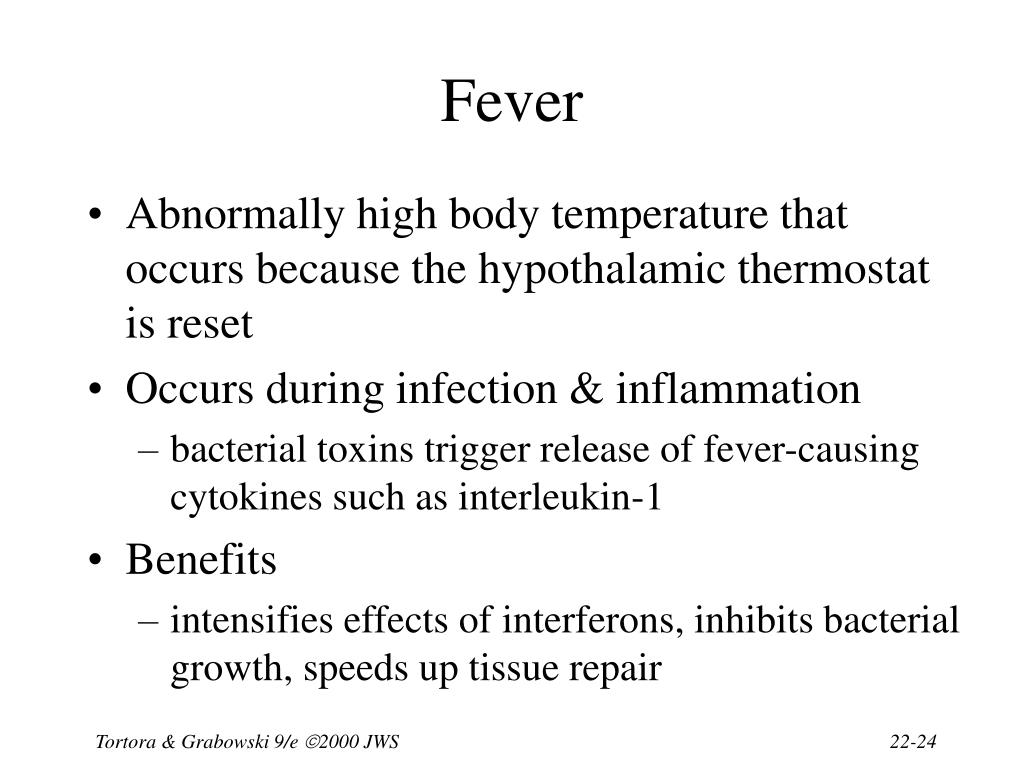
- Radiation: Heat is released into the surrounding air from the body’s surface.
- Conduction: Direct transfer of heat to cooler objects or substances in contact with the skin.
- Convection: Heat is carried away from the body by air or water moving across the skin.
- Evaporation: As sweat evaporates from the skin, it absorbs heat, cooling the body.
Which method of heat loss is most effective in humid conditions? In high humidity, evaporative cooling through sweating becomes less effective. In these conditions, conduction (like immersing in cool water) or convection (using fans to move air across the skin) may be more efficient for cooling.
Factors Influencing Heat Generation
- Metabolic rate
- Hormonal changes
- Physical activity
- Digestion
- Environmental temperature
Understanding these mechanisms can help explain why certain cooling methods are effective and why some individuals may be more susceptible to overheating than others.
Asphyxia: Types and Causes
Asphyxia happens when your body doesn’t get enough oxygen to keep you from passing out. It can be a life-threatening situation.
When you breathe normally, first you take in oxygen. Your lungs send that oxygen into your blood, which carries it to your tissues. Then your cells use it to make energy. Any interruption to the process of breathing in oxygen or breathing out carbon dioxide can make you pass out or even lose your life.
Physical Asphyxia
One type of asphyxia is called “physical” or “mechanical.” It happens when a force or object keeps you from breathing.
Lots of accidents can lead to it. Some examples of physical asphyxia are:
Choking. This is when food or an object gets stuck in your airway and blocks air from getting to your lungs. The elderly have a greater chance of this happening to them, especially those who live alone, wear dentures, or have trouble swallowing. Babies and toddlers also have higher odds of choking on large pieces of food or things they put in their mouths.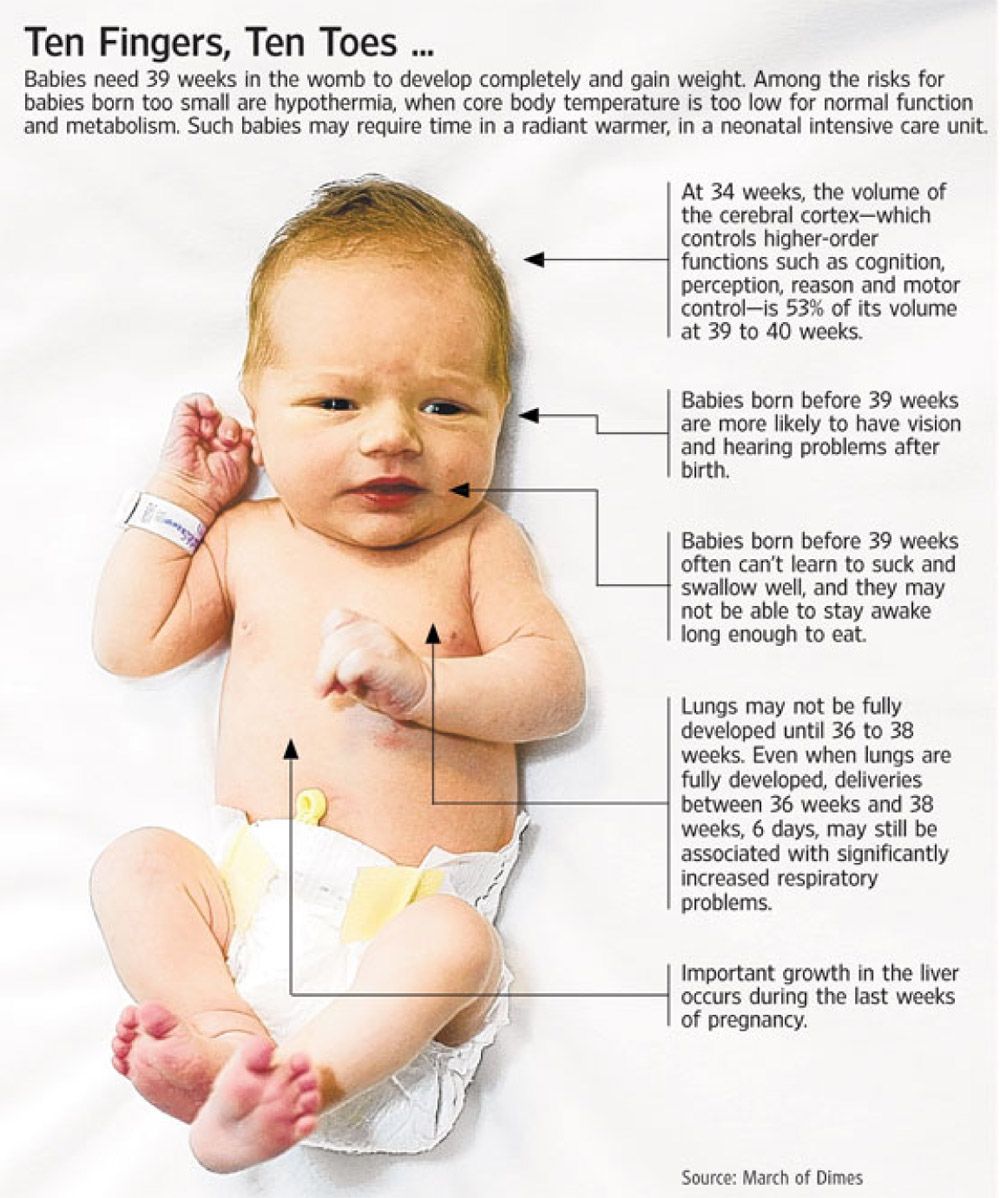
Aspiration. It’s different from choking. Aspiration happens when something you eat or drink “goes down the wrong pipe” and enters your airway or lungs. The substance crowds out the air in your body. Drowning is the most common type of aspiration.
Suffocation (smothering). Suffocation happens when something heavy covers the face or chest and prevents you from breathing. It also occurs when you are in a place where oxygen runs out, such as a closed-in, airtight space.
Strangulation. If a cord or rope or other object long enough to go around your neck presses on the airway, it blocks air from getting to your lungs.
Drug overdose. Opioids affect your breathing. When you take too high a dose, it can slow down your breathing to the point that your body does not take in enough oxygen.
Birth asphyxia. Sometimes, an unborn child may get too little oxygen during pregnancy. This might happen, for example, because of a lack of oxygen in the mother’s blood, or problems with the placenta. During delivery, the baby can also not get oxygen because of umbilical cord problems or a long labor.
During delivery, the baby can also not get oxygen because of umbilical cord problems or a long labor.
Seizure. It can cause asphyxia in several ways. Epileptic seizures may make your breathing suddenly pause (also called apnea), and lower oxygen in your body to life-threatening levels. Also, during a seizure, your body may move in such a way that your airway gets covered, blocking your breathing.
Illnesses or injuries, like heart failure, a broken neck, or an allergic reaction that causes airways to swell and close, can also cause physical asphyxia.
Chemical Asphyxia
Another type of asphyxia is called “chemical.” In this type, a chemical keeps oxygen from reaching your cells.
Chemicals that can cause asphyxia include:
Carbon monoxide. This is a colorless, odorless gas that comes from burning different types of fuel. If you breathe in too much of it, the gas builds up in your body and replaces the oxygen in your blood.
Cyanide. It keeps cells from taking oxygen in. You’re at risk of cyanide poisoning if you breathe smoke during a fire, have contact with certain industrial chemicals, or work in jobs like mining or metalworking.
Hydrogen sulfide. This gas smells like a rotten egg. It can come from sewage, liquid manure, sulfur hot springs, and natural gas. If you breathe in too much, it can prevent oxygen from entering your cells, much like cyanide does.
How to reduce body heat: 8 tips
The human body reacts to external and internal changes. Body temperature rises when the external temperature increases but also when the internal temperature increases.
Experts consider the normal body temperature to be around 98.6ºF (37ºC), but it can vary by up to 0.9ºF (0.5ºC) depending on the time of day. Average body temperature also differs slightly from person to person.
After intense physical activity or on a hot day, it is common to have a higher-than-normal body temperature..png) However, a body temperature of above 100.4ºF (38ºC) could indicate fever.
However, a body temperature of above 100.4ºF (38ºC) could indicate fever.
Hot outside temperatures, intense physical activity, illnesses that cause fever, and certain medications can all cause a high body temperature.
In this article, we discuss eight tips for reducing body heat and explain the most common causes of high body temperature.
It is possible to reduce body heat in two different ways: externally or internally.
Jumping into a cool pool is an example of external cooling, while drinking cold water helps reduce body temperature internally.
The human body is always regulating its temperature, and it can lower it in four different ways:
- vaporization, which it achieves by sweating
- radiation, which means releasing heat into the surrounding air
- convection, which occurs when cooler air surrounds the body
- conduction, which is the transferral of body heat into adjacent cold water or ice
A brain region called the hypothalamus is responsible for regulating body temperature.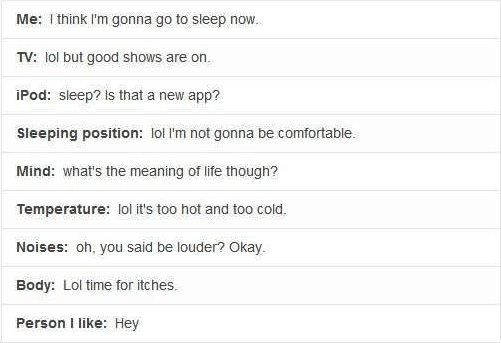 It checks the body’s current temperature against its normal temperature and then regulates it.
It checks the body’s current temperature against its normal temperature and then regulates it.
When the body is too hot, regulation occurs through sweating to cool it down. When it is too cold, the hypothalamus triggers shivering to warm it up.
Although it may seem counterintuitive, eating spicy foods and engaging in activities that cause the body to sweat could potentially make it feel cooler in comparison with the outside temperature. This is because sweating reduces body temperature.
Below are eight tips for reducing body heat:
1. Drink cool liquids
Drinking cool liquids, such as water or iced tea, can help reduce body temperature by cooling the body internally. The regular intake of fluids can also prevent dehydration, which can increase body heat.
2. Go somewhere with cooler air
People can reduce their body temperature by moving to an area with a cooler external temperature. The body will lose heat by convection.
3. Get in cool water
Swimming in cool water, taking a lukewarm bath, or applying cold water to the body can reduce body temperature.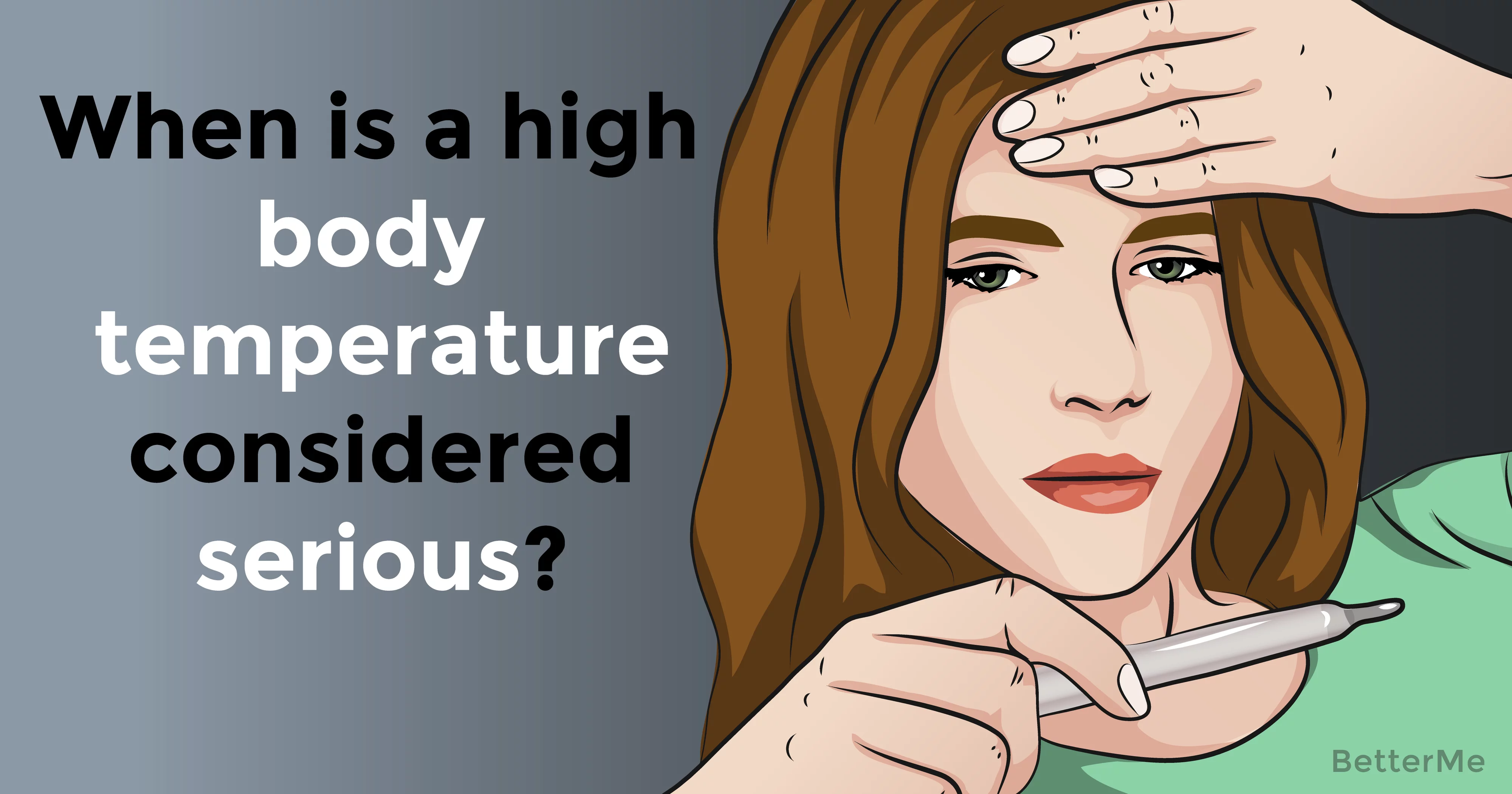 In these cases, body temperature will decrease as a result of conduction.
In these cases, body temperature will decrease as a result of conduction.
4. Apply cold to key points on the body
Applying cold water or ice to strategic points on the body where the veins are close to the surface — such as the wrists, neck, chest, and temples — can quickly lower the temperature of the blood running through these veins. This allows the body to feel cooler.
5. Move less
The body releases heat when it moves. In hot temperatures, a person is likely to feel less hot if they avoid heavy exercise and limit their movement.
6. Wear lighter, more breathable clothing
Heat passes more easily through some fabrics than others. Natural fabrics, such as cotton and linen, allow heat to escape from the body more easily than synthetic fabrics, such as acrylic and nylon.
7. Take heat regulating supplements
Depending on the cause of high body temperature, taking a supplement may help regulate body heat.
A 2018 study that compared plant extracts found that both evening primrose oil and black cohosh were effective in reducing the frequency and severity of hot flashes in people going through perimenopause or menopause.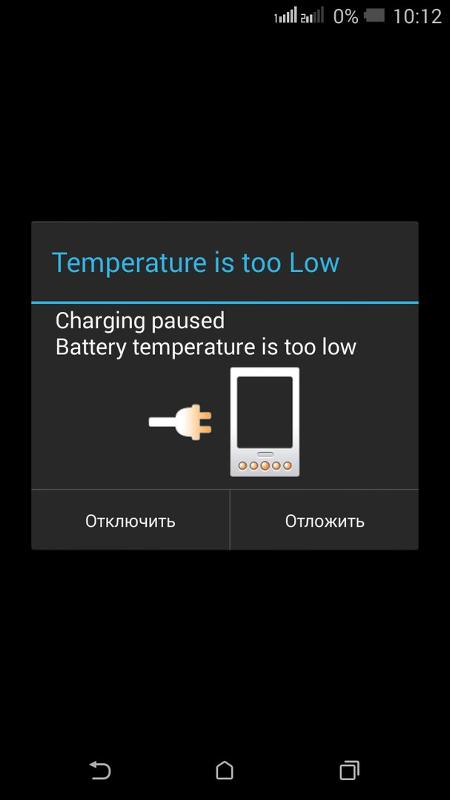
Black cohosh also reduced the frequency of hot flashes.
Learn more about taking black cohosh during menopause here.
8. Talk to a doctor about thyroid health
At times, high body heat may be due to an overactive thyroid. When this is the case, a person might also notice other symptoms, such as a rapid heart rate, sweating, jaundice, and confusion.
Anyone who thinks that they might have a thyroid issue should speak to a doctor.
The cause of high body temperature can be external or internal. Below, we list some of the main reasons why a person may feel hotter than usual:
Hot environment
Spending time outside in very hot weather can increase a person’s body temperature, as can being in a hot indoor environment for extended periods. Wearing too many layers in either situation can also lead to an increase in body temperature.
Overexposure to sun or heat
Share on PinterestA person may experience heatstroke if they spend too much time in the sun.
Spending too much time in the sun can increase body heat or even lead to heatstroke, which some people call sunstroke.
Children and older adults are particularly at risk of heatstroke. Dehydration from spending too much time in the sun can further increase body heat. Therefore, it is important to drink lots of fluids and to rest after prolonged sun or heat exposure.
Doctors categorize overexposure to heat into three levels: heat cramp, heat exhaustion, and heatstroke.
Heat cramp, although hard on the body, does not require medical attention. It tends to subside with plenty of rest and rehydration.
The symptoms of heat cramp include:
- high body temperature
- dizziness
- muscle pain or stiffness
Heat exhaustion requires medical attention if the symptoms last for longer than an hour or get worse over time.
In addition to the symptoms of heat cramp, a person may experience:
- vomiting
- headaches
- reduced concentration or impaired judgment
Heatstroke is very serious and requires medical attention at a hospital.
The symptoms of heatstroke include those of heat cramp, as well as:
- seizures
- difficulty maintaining consciousness
- liver failure
Learn more about the difference between heat exhaustion and heatstroke here.
Exercise or moving more than usual
When a person moves, they create energy. Heat is the body’s way of releasing energy. To reduce body heat, a person can try temporarily moving less or only when necessary.
Perimenopause or menopause
During perimenopause and menopause, people often experience hot flashes and night sweats, both of which temporarily elevate body temperature.
Medications, hormones, and recreational drugs
Medications and other drugs can raise a person’s body temperature by affecting either heat loss or heat production.
Reducing heat loss
Some medications, including diuretics and anticholinergics, can impair the body’s ability to lose heat by sweating.
Beta-blockers, neuroleptic drugs, inhaled anesthetics, and succinylcholine also decrease the body’s ability to get rid of excess heat.
Increasing heat production
Some medications, hormones, and recreational drugs cause the body to produce excess heat because they increase the metabolic rate. These include:
- amphetamines
- cocaine
- methamphetamines
- thyroid hormone, in excess
Being unwell
Body temperature also increases in response to germs such as viruses and bacteria. An increased body temperature helps the body fight off invading illnesses, which is why a fever is often a sign of getting sick.
Thyroid storm
A thyroid storm is an excess of thyroid hormone in the body. It is a life threatening condition that requires immediate medical attention. A thyroid storm may occur after illness, surgery, infection, or pregnancy.
As well as a very high body temperature, symptoms of a thyroid storm include:
- rapid heartbeat
- sweating
- nausea or vomiting
- agitation
- jaundice
- abdominal pain
Malignant hyperthermia
Malignant hyperthermia is a genetic condition that causes a person to have a severe reaction to certain medications and drugs.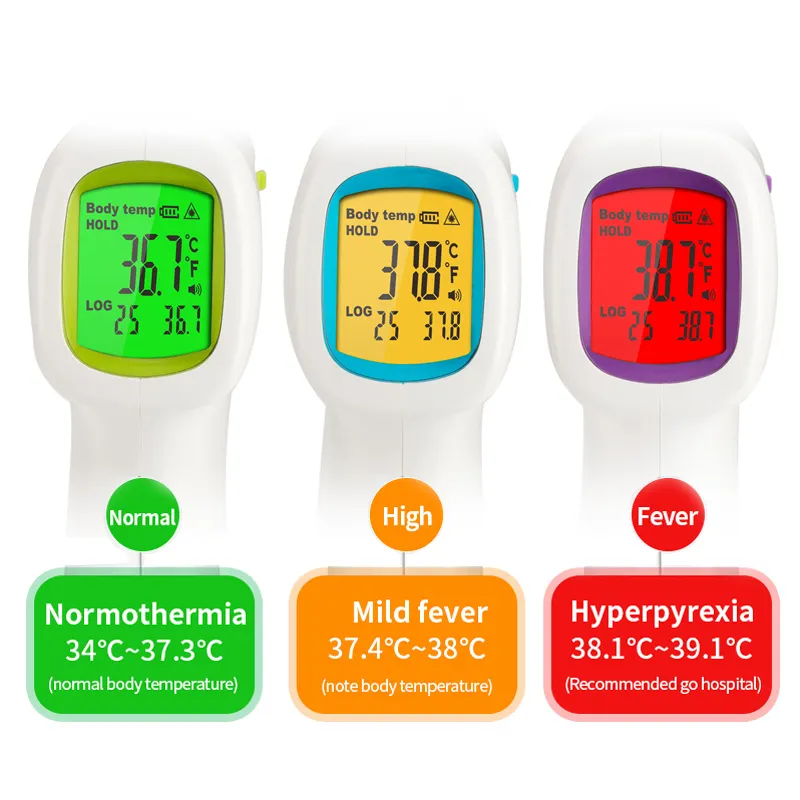
The symptoms include a rapid or irregular heartbeat, a very high body temperature, and severe muscle spasms. People with this condition require immediate medical attention.
Learn more about hyperthermia here.
Share on PinterestA person should speak to a doctor if they are experiencing a temperature of 103ºF or higher.
Anyone with a body temperature of 103ºF (39.4ºC) or higher should see their doctor straight away.
Caregivers should take children under 3 months of age to the doctor if they have a rectal temperature of 100.4ºF (38ºC) or higher.
In children older than 3 months of age, a temperature of 102.2ºF (39ºC) or a fever that lasts for longer than 24 hours requires medical attention.
People should visit a doctor if their body heat is higher than usual and they also have any of the following symptoms:
- difficulty breathing
- irritability, drowsiness, or weakness
- a stiff neck
- light sensitivity
- vomiting
- refusing to drink or becoming dehydrated
- signs of rash or infection
The body can reduce its temperature by sweating or releasing heat into surrounding cooler air or water./GettyImages-1215824624-e2c744d9f36c4fdcaabb3bf738159788.jpg)
A person can also use a range of techniques to cool down. Not spending too much time in the sun, limiting movement, and wearing breathable fabrics can all be beneficial.
People should also take care to stay properly hydrated to avoid dehydration, which further increases body temperature.
Fever: MedlinePlus Medical Encyclopedia
A simple cold or other viral infection can sometimes cause a high fever (102°F to 104°F or 38.9°C to 40°C). This does not mean you or your child has a serious problem. Some serious infections don’t cause a fever or can cause a very low body temperature, most often in infants.
If the fever is mild and you have no other problems, you do not need treatment. Drink fluids and rest.
The illness is probably not serious if your child:
- Is still interested in playing
- Is eating and drinking well
- Is alert and smiling at you
- Has a normal skin color
- Looks well when their temperature comes down
Take steps to lower a fever if you or your child is uncomfortable, vomiting, dried out (dehydrated), or not sleeping well. Remember, the goal is to lower, not eliminate, the fever.
Remember, the goal is to lower, not eliminate, the fever.
When trying to lower a fever:
- DO NOT bundle up someone who has the chills.
- Remove excess clothing or blankets. The room should be comfortable, not too hot or cool. Try one layer of lightweight clothing, and one lightweight blanket for sleep. If the room is hot or stuffy, a fan may help.
- A lukewarm bath or sponge bath may help cool someone with a fever. This is effective after medicine is given — otherwise the temperature might bounce right back up.
- DO NOT use cold baths, ice, or alcohol rubs. These cool the skin, but often make the situation worse by causing shivering, which raises the core body temperature.
Here are some guidelines for taking medicine to lower a fever:
- Acetaminophen (Tylenol) and ibuprofen (Advil, Motrin) help reduce fever in children and adults. Sometimes health care providers advise you to use both types of medicine.
- Take acetaminophen every 4 to 6 hours.
 It works by turning down the brain’s thermostat.
It works by turning down the brain’s thermostat. - Take ibuprofen every 6 to 8 hours. DO NOT use ibuprofen in children 6 months or younger.
- Aspirin is very effective for treating fever in adults. DO NOT give aspirin to a child unless your child’s provider tells you to.
- Know how much you or your child weighs. Then check the instructions on the package to find the correct dose.
- In children 3 months or younger, call your child’s provider first before giving medicines.
Eating and drinking:
- Everyone, particularly children, should drink plenty of fluids. Water, ice pops, soup, and gelatin are all good choices.
- In younger children do not give too much fruit juice or apple juice, and do not give sports drinks.
- Although eating is fine, do not force foods.
Fever | Johns Hopkins Medicine
What is a fever?
A fever is a body temperature that is higher than normal. It usually means there is an abnormal process occurring in the body. Exercise, hot weather, and common childhood immunizations can also make body temperature rise.
Exercise, hot weather, and common childhood immunizations can also make body temperature rise.
What causes a fever?
A fever is not an illness by itself. Rather it is a symptom that something is not right within the body. A fever does not tell you what is causing it, or even that a disease is present. It may be a bacterial or viral infection. Or, it could be a reaction from an allergy to food or medicine. Becoming overheated at play or in the sun can also result in fever.
What are the symptoms of a fever?
Normal body temperature ranges from 97.5°F to 98.9°F (36.4°C to 37.2°C). It tends to be lower in the morning and higher in the evening. Most healthcare providers consider a fever to be 100.4°F (38°C) or higher. High fevers may bring on seizures or confusion in children. It’s not how high the temperature is, but how fast the temperature goes up that causes a seizure.
A fever has other symptoms besides a higher-than-normal temperature. These are especially important when caring for babies, young children, and disabled people. These groups may not be able to express how they feel. Signs that mean fever include:
These groups may not be able to express how they feel. Signs that mean fever include:
- Flushed face
- Hot, dry skin
- Low output of urine, or dark urine
- Not interested in eating
- Constipation or diarrhea
- Vomiting
- Headache
- Aching all over
- Nausea
How is a fever diagnosed?
The best way to diagnose a fever is to take a temperature with a thermometer. There are several types of thermometers, including the following:
- Digital thermometer (oral, rectal, or under the armpit)
- Tympanic (ear) thermometer (not recommended in babies younger than 6 months of age)
- Temporal artery (temperature taken across the forehead area)
Taking a temperature rectally is the most accurate method in children under 3 years of age. In older children and adults, take the temperature under the armpit or in the mouth. Talk with your healthcare provider about the best way to take your temperature.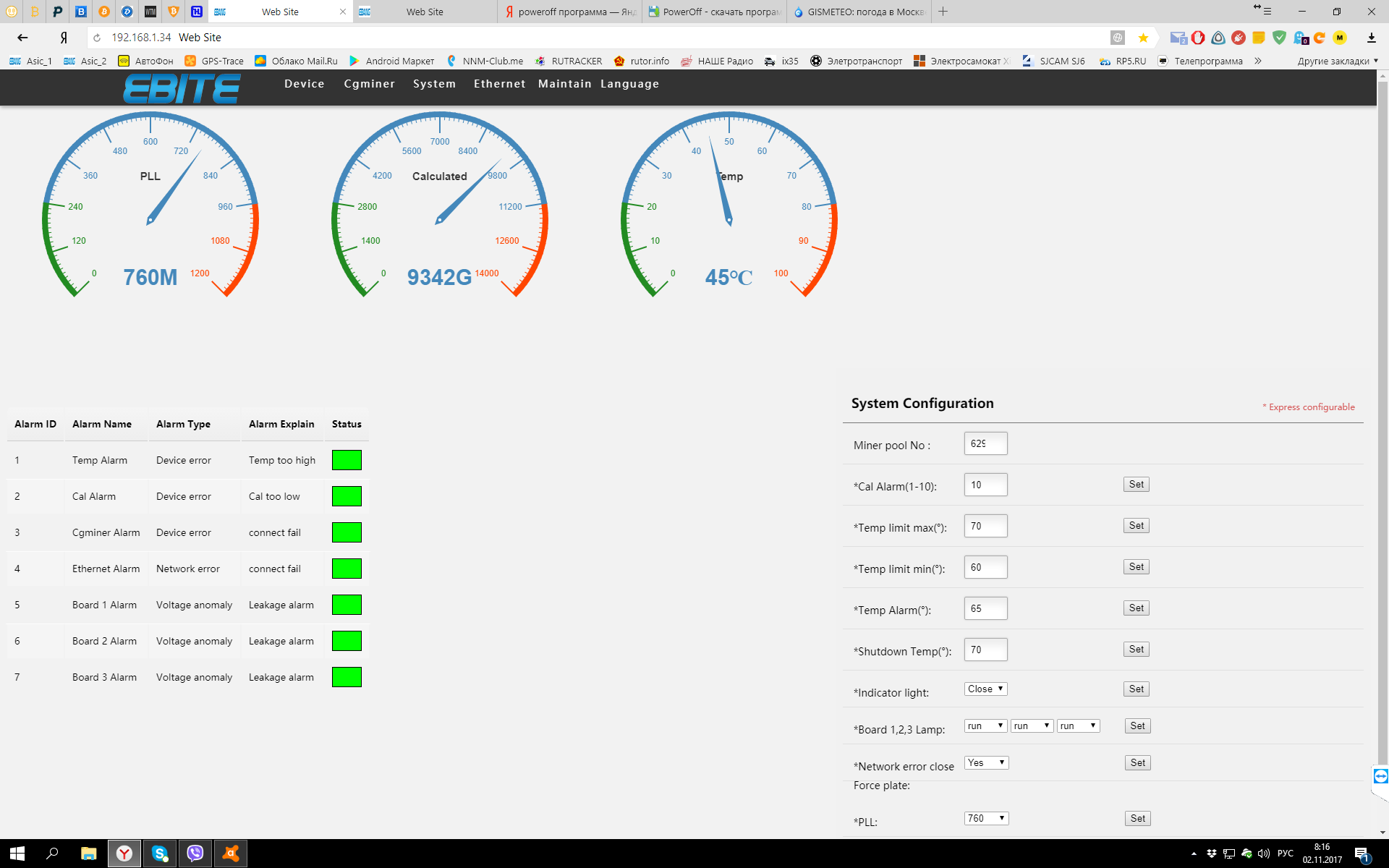
Most thermometers today are digital, but there are some glass thermometers containing mercury still in use. Mercury is toxic substance and is dangerous to humans and the environment. Because glass thermometers can break, they should be disposed of properly in accordance with local, state, and federal laws. For information on how to safely dispose of a mercury thermometer, contact your local health department, waste disposal authority, or fire department.
How is a fever treated?
You can treat a fever with acetaminophen or ibuprofen in dosages advised by your healthcare provider. Switching between giving acetaminophen and ibuprofen can cause medicine errors and may lead to side effects. Never give aspirin to a child or young adult who has a fever.
A lukewarm bath may reduce the fever. Alcohol rubdowns are no longer recommended.
Call your healthcare provider for guidance anytime you are uncomfortable with the conditions of the fever, and remember to contact your healthcare provider any time a temperature spikes quickly or persists despite treatment.
When should I call my healthcare provider?
Call your healthcare provider right away for a fever in a baby younger than 3 months old.
Call right away or seek immediate medical attention if any of the following occur with a fever:
- Seizure
- Feeling dull or sleepy
- Irregular breathing
- Stiff neck
- Confusion
- Purple spotted rash
- Ear pain (a child tugging on his or her ear)
- Sore throat that persists
- Vomiting
- Diarrhea
- Painful, burning, or frequent urination
Key points about fevers
- A fever is not an illness by itself, but, rather, a sign that something is not right within the body.
- Illness, exercise, hot weather, and common childhood immunizations can make body temperature rise.
- In addition to an elevated temperature, look for other signs, such as: flushed face, hot skin, low urine output, loss of appetite, headache, or other symptoms of an infection or illness.

- Once you have determined that the person has a fever, you may treat it by giving acetaminophen or ibuprofen in dosages advised by your healthcare provider.
- Call your healthcare provider if a baby under 3 months has a fever, or seek immediate medical attention if a fever is accompanied by a seizure, lethargy, irregular breathing, stiff neck, confusion, or other signs of a serious illness.
Next steps
Tips to help you get the most from a visit to your healthcare provider:
- Know the reason for your visit and what you want to happen.
- Before your visit, write down questions you want answered.
- Bring someone with you to help you ask questions and remember what your provider tells you.
- At the visit, write down the name of a new diagnosis, and any new medicines, treatments, or tests. Also write down any new instructions your provider gives you.
- Know why a new medicine or treatment is prescribed, and how it will help you.
 Also know what the side effects are.
Also know what the side effects are. - Ask if your condition can be treated in other ways.
- Know why a test or procedure is recommended and what the results could mean.
- Know what to expect if you do not take the medicine or have the test or procedure.
- If you have a follow-up appointment, write down the date, time, and purpose for that visit.
- Know how you can contact your provider if you have questions.
How is body temperature regulated and what is fever? – InformedHealth.org
A healthy body functions best at an internal temperature of about 37°C (98.6°F). But everyone has their own individual “normal” body temperature, which may be slightly higher or lower. Our bodies also constantly adapt their temperature to environmental conditions. It goes up when we exercise, for instance. And it is lower at night, and higher in the afternoon than in the morning.
Our internal body temperature is regulated by a part of our brain called the hypothalamus.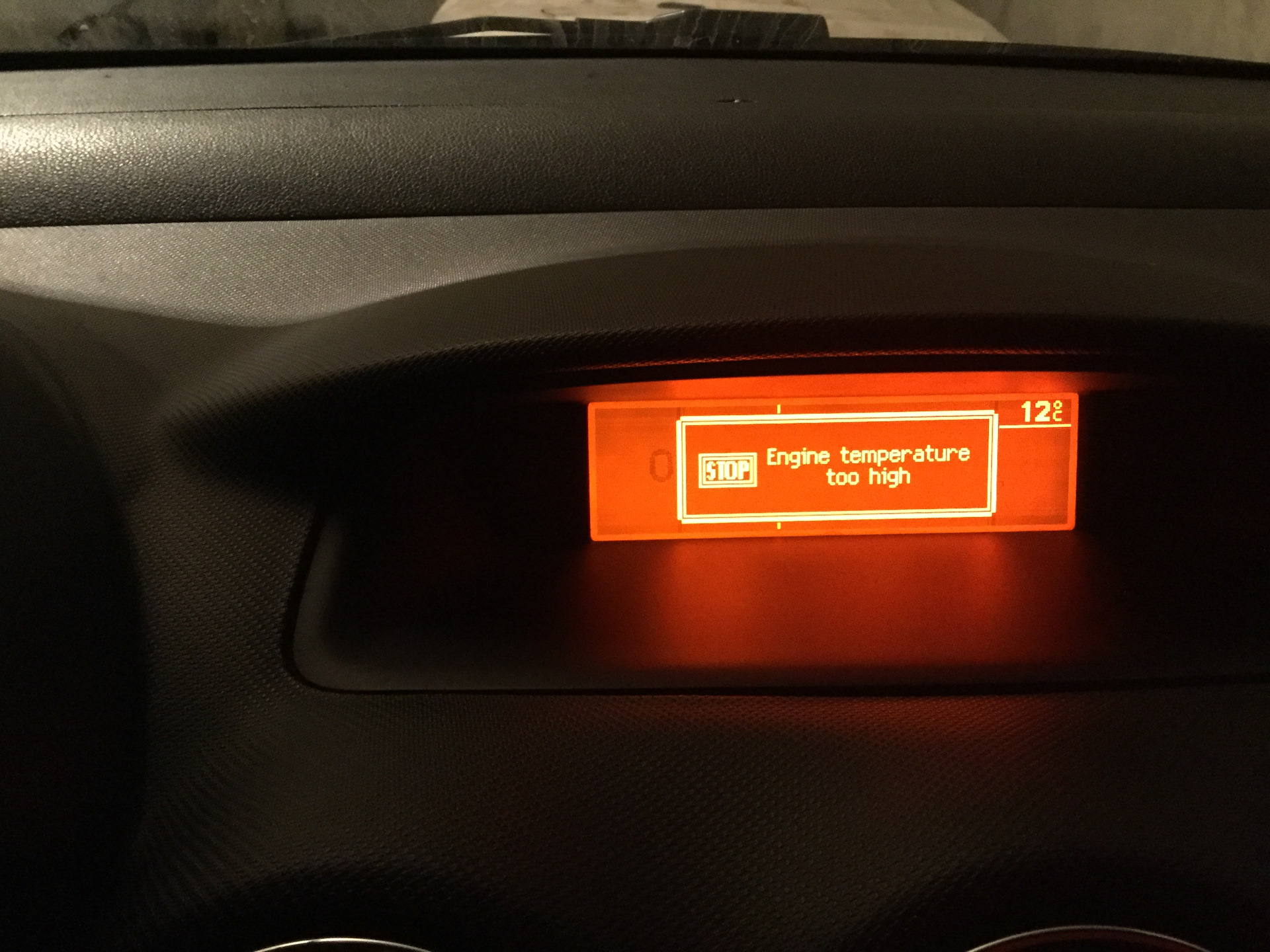 The hypothalamus checks our current temperature and compares it with the normal temperature of about 37°C. If our temperature is too low, the hypothalamus makes sure that the body generates and maintains heat. If, on the other hand, our current body temperature is too high, heat is given off or sweat is produced to cool the skin.
The hypothalamus checks our current temperature and compares it with the normal temperature of about 37°C. If our temperature is too low, the hypothalamus makes sure that the body generates and maintains heat. If, on the other hand, our current body temperature is too high, heat is given off or sweat is produced to cool the skin.
Strictly speaking, body temperature refers to the temperature in the hypothalamus and in the vital internal organs. Because we cannot measure the temperature inside these organs, temperature is taken on parts of the body that are more accessible. But these measurements are always slightly inaccurate.
What causes a fever?
People get a fever when their brain sets the body temperature higher than normal. This may happen as a reaction to germs such as viruses or bacteria, but it can also happen as a reaction to substances that are made by the body, such as prostaglandins. Our body produces prostaglandins to fight off germs.
A body temperature of 38°C (100. 4°F) or more is considered to be a fever. Temperatures above 39.5°C (103.1°F) are considered to be a high fever, and very high fever is defined as any temperature above 41°C (105.8°F). A temperature between 37.5°C and 38°C is an elevated body temperature.
4°F) or more is considered to be a fever. Temperatures above 39.5°C (103.1°F) are considered to be a high fever, and very high fever is defined as any temperature above 41°C (105.8°F). A temperature between 37.5°C and 38°C is an elevated body temperature.
The regulation of body temperature doesn’t always work perfectly in younger children. Compared to older children and adults, they also sweat less when it is warm, and it takes longer for them to start sweating. That is why they are more likely to react with a fever. Babies and young children have a higher body temperature than older children. This is because their body surface area is larger in relation to their body weight. Their metabolism is more active too. Newborns usually have an average body temperature of 37.5°C.
Sources
Andreae. Lexikon der Krankheiten und Untersuchungen. Stuttgart: Thieme; 2008.
Hoffbauer G, Schaenzler N. Handbuch Medikamente für Kinder – Medikamente und Wirkstoffe, Risiken und Nebenwirkungen, alternative Behandlungsmöglichkeiten.
 Reinbek: Rowohlt; 2005.
Reinbek: Rowohlt; 2005.Longo DL, Fauci AS, Kasper DL, Hauser SL, Jameson JL, Loscalzo J. Harrison’s Principles of internal medicine. New York: McGraw-Hill Companies. 18th ed; 2011.
- National Collaborating Centre for Women’s and Children’s Health, National Institute for Health and Care Excellence (NICE). Feverish illness in children: assessment and initial management in children younger than 5 years. May 2013. (NICE Clinical Guideline; CG160). [PubMed: 25340238]
Pschyrembel W. Klinisches Wörterbuch. Berlin: De Gruyter; 2014.
IQWiG health information is written with the aim of helping
people understand the advantages and disadvantages of the main treatment options and health
care services.Because IQWiG is a German institute, some of the information provided here is specific to the
German health care system. The suitability of any of the described options in an individual
case can be determined by talking to a doctor. We do not offer individual consultations.
Our information is based on the results of good-quality studies. It is written by a
team of
health care professionals, scientists and editors, and reviewed by external experts. You can
find a detailed description of how our health information is produced and updated in
our methods.
Fever | Cedars-Sinai
Not what you’re looking for?
What is a fever?
A fever is a body temperature that
is higher than normal. It often means there is an abnormal process occurring in the
body. Exercise, hot weather, and vaccines can also make body temperature rise.
What causes a fever?
A fever is not an illness by
itself. Rather, it is a symptom that something is not right within the body. A fever
does not tell you what is causing it, or even that a disease is present. It may be
It may be
a
bacterial or viral infection. Or it could be a reaction from an allergy to food or
medicine. Becoming overheated at play or in the sun can also result in fever. There
are
many other causes of fever as well.
What are the symptoms of a fever?
Normal body temperature ranges from
97.5°F to 99.5°F (36.4°C to 37.4°C). It tends to be lower in the morning and higher
in
the evening. Most healthcare providers consider a fever to be 100.4°F (38°C) or higher.
A person with a temperature of 99.6°F to 100.3°F has a low-grade fever. High fevers
may
bring on seizures or confusion in children. It’s not how high the temperature is but
how
fast the temperature goes up that causes a seizure.
A fever has other symptoms besides a higher-than-normal temperature.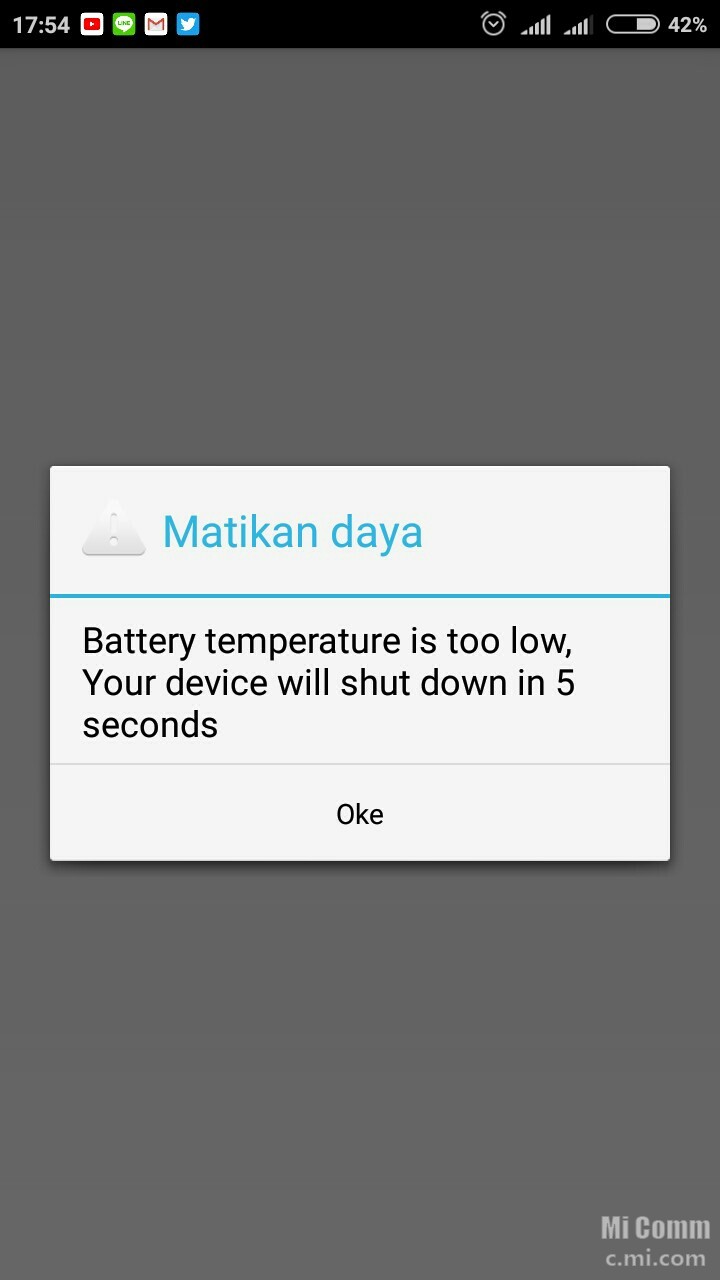 These are especially
These are especially
important when caring for babies, young children, and disabled people. These groups
may not be able to express how they feel. Signs that mean fever include:
- Flushed face
- Hot, dry skin
- Low output of urine, or dark urine
- Not interested in eating
- Constipation or diarrhea
- Vomiting
- Headache
- Aching all over
- Nausea
How is a fever diagnosed?
The best way to diagnose a fever is to take a temperature with a
thermometer. There are several types of thermometers, such as:
- Digital thermometer (oral, rectal, or
under the armpit) - Tympanic (ear) thermometer (not
recommended in babies younger than 6 months of age) - Temporal artery (temperature taken
across the forehead area)
Taking a temperature rectally is
the most accurate method in children younger than 3 years of age. In older children
In older children
and
adults, take the temperature under the armpit or in the mouth. Talk with your healthcare
provider about the best way to take your temperature.
Mercury thermometers
Most thermometers today are
digital. But there are some glass thermometers containing mercury still in use.
Mercury is a toxic substance. It is dangerous to humans and the environment. Because
glass thermometers can break, they should be disposed of in accordance with local,
state, and federal laws. For information on how to safely dispose of a mercury
thermometer, contact your local health department, waste disposal authority, or fire
department.
If a mercury thermometer breaks, have everyone leave the area,
including pets. Open all windows and doors to the outside. But shut all doors to the
Open all windows and doors to the outside. But shut all doors to the
rest of the house. Make certain pregnant women leave the area. Call your local poison
control center at 800-222-1222. They will tell you how to clean up the mercury. Don’t
let children help clean up the spill. Don’t use a vacuum cleaner or broom to clean
up
the droplets. Don’t pour mercury down a drain.
How is a fever treated?
You can treat a fever with
acetaminophen or ibuprofen in doses advised by your healthcare provider. Switching
between giving acetaminophen and ibuprofen can cause medicine errors and may lead
to
side effects. But it sometimes works better than using only one or the other. Never
give
aspirin to a child or young adult who has a fever.
Aspirin can cause an upset stomach and intestinal bleeding. It may also cause Reye
syndrome.
This is a rare but very serious illness that
can affect all organs of the body. But it most often injures the brain and the
liver.
A lukewarm bath may reduce the
fever. Alcohol rubdowns are no longer recommended.
Call your healthcare provider for
guidance anytime you are concerned about a fever. Also call your healthcare provider
if
a temperature spikes quickly or lasts despite treatment.
When should I call my healthcare provider?
Call your healthcare provider right away for a fever in a baby younger than 3 months
old.
Call or get medical care right away
if any of these occur with a fever:
- Seizure
- Feeling dull or sleepy
- Irregular breathing
- Stiff neck
- Confusion
- Purple spotted rash
- Ear pain (a child tugging on his or her ear)
- Sore throat that doesn’t go away
- Vomiting
- Diarrhea
- Painful, burning, or frequent urination
Key points about fevers
- A fever is not an illness by itself.

Rather, it’s a sign that something is not right within the body. - Illness, exercise, hot weather, and
vaccines can make body temperature rise. - In addition to an elevated temperature, look for other signs, such as: flushed face,
hot skin, low urine output, loss of appetite, headache, or other symptoms of an infection
or illness. - Once you have determined that the
person has a fever, you may treat it by giving acetaminophen or ibuprofen in doses
advised by your healthcare provider. Never give aspirin to a child or teen who has
a
fever. - Call your healthcare provider if a
baby younger than 3 months has a fever. Or get medical care right away if a fever
occurs with a seizure, lethargy, irregular breathing, stiff neck, confusion, or other
signs of a serious illness.
Next steps
Tips to help you get the most from a visit to your healthcare provider:
- Know the reason for your visit and what you want to happen.
- Before your visit, write down questions you want answered.
- Bring someone with you to help you ask questions and remember what your provider tells
you. - At the visit, write down the name of a
new diagnosis and any new medicines, treatments, or tests. Also write down any new
instructions your provider gives you. - Know why a new medicine or treatment is prescribed, and how it will help you. Also
know what the side effects are. - Ask if your condition can be treated in other ways.
- Know why a test or procedure is recommended and what the results could mean.

- Know what to expect if you do not take the medicine or have the test or procedure.
- If you have a follow-up appointment, write down the date, time, and purpose for that
visit. - Know how you can contact your provider
if you have questions.
Medical Reviewer: Barry Zingman MD
Medical Reviewer: Raymond Turley Jr PA-C
Medical Reviewer: L Renee Watson MSN RN
© 2000-2021 The StayWell Company, LLC. All rights reserved. This information is not intended as a substitute for professional medical care. Always follow your healthcare professional’s instructions.
Not what you’re looking for?
Fever in adults | Ministry of Health NZ
Around 37ºC is normal
A digital thermometer is the best type to use to get an accurate temperature reading.
A fever is usually a normal response of your immune system to a virus or bacterial infection. Most healthy adults can tolerate a fever well.
Fever ranges and symptoms
38–38.9°C – mild fever
With a mild fever you might have flushed cheeks, feel a little lethargic, and be warm to touch. You will generally be able to carry out normal daily activities.
39–39.9°C – high fever
With a high fever you may not feel well enough to go to work, you may have aches and pains, and you’ll feel hot to touch.
40°C or higher – very high fever
With a very high fever you will usually want to stay in bed or be inactive – you won’t feel well enough to carry out normal activities. You may have lost your appetite. You’ll feel hot to touch.
When to see your doctor
Some mild diseases produce very high fevers – and severe illnesses can produce mild fever. Therefore, when considering what medical attention you need, it’s important to look at other symptoms and how unwell you feel.
You should see your doctor if you or a family member:
- has a very high fever (over 40ºC)
- is still feverish after three days of home treatment, or seems to be getting sicker
- is shivering or shaking uncontrollably, or has chattering teeth
- has a severe headache that doesn’t get better after taking painkillers
- is having trouble breathing
- is getting confused or is unusually drowsy
- has recently travelled overseas.
When it’s urgent
See your doctor or go to the Emergency Department immediately if you notice the following symptoms (along with a fever):
- Hallucinations
- Vomiting
- A stiff neck (they’re unable to put their chin on their chest or have pain when moving their neck forward)
- A skin rash
- A rapid heart rate.
Also get medical help if the person has a seizure (fit), or has signs of a seizure about to happen, such as regular twitching or jerking.
Call Healthline 0800 611 116 if you are unsure what you should do.
Fever in pregnancy
If you’re pregnant and have a temperature of 38.5ºC – or any fever lasting for three days or more – you must see your lead maternity carer. They’ll need to monitor the effects of the fever on your baby.
Self care
Most fevers last only three to four days – and a mild fever may not need any treatment at all.
Try these ideas if your fever is mild and you don’t have any other worrying symptoms:
- Drink plenty of fluids – water is best.
- Get plenty of rest.
- Wear light weight clothes and use lighter bedding. Keep the room temperature normal.
- Put cool cloths on your face, arms and neck to help you cool down. Don’t use any rapid cooling methods that may make you shiver. (The muscle movement in shivering will actually raise your temperature and can make your fever worse.)
- You can take paracetamol or ibuprofen every four to six hours to help bring down the fever.
 (It is important not to get dehydrated if you take ibuprofen, as there is a risk of kidney disease.)
(It is important not to get dehydrated if you take ibuprofen, as there is a risk of kidney disease.) - Ask someone to check on you regularly to make sure you’re OK.
The doctor explained what to do if you got sick with a viral infection
https://rsport.ria.ru/20200411/1569876535.html
The doctor explained what to do if you got sick with a viral infection
The doctor explained that what to do if you get sick with a viral infection – Sport RIA Novosti, 04/15/2020
The doctor explained what to do if you get sick with a viral infection
High temperature, headache, cough, chest pain, general weakness, muscle pain – all these are symptoms of a viral infection.About what needs to be done in … Sport RIA Novosti, 15.04.2020
2020-04-11T09: 00
2020-04-11T09: 00
2020-04-15T17: 20
zozh
coronavirus in russia
coronavirus covid-19
health
society
/ html / head / meta [@ name = ‘og: title’] / @ content
/ html / head / meta [@ name = ‘og: description ‘] / @ content
https://cdn21. img.ria.ru/images/136600/45/1366004536_0:124:2398:1473_1920x0_80_0_0_4b077f1db004ccfe30965659120492d2.jpg
img.ria.ru/images/136600/45/1366004536_0:124:2398:1473_1920x0_80_0_0_4b077f1db004ccfe30965659120492d2.jpg
Fever, headache, cough, chest pain, general weakness, muscle pain are all symptoms of a viral infection. According to the specialist, first of all, one needs to calm down and remember the statistics: a very severe form of the disease occurs in only 10-15 percent of patients. “In most cases, the infection (even if we talk about the most famous virus in the world – coronavirus) occurs in a mild or moderate form.Therefore, you will be able to overcome it yourself, even without outside help, “the doctor writes on his Facebook. Do not run to the clinic or hospital. The first thought of most patients: you need to take a test or consult a doctor. infection. Drink a lot “This is necessary to accelerate the elimination of toxins, reduce the manifestation of intoxication, to prevent the appearance of acetone. So that the phlegm goes away well and you cough up the killed viruses and other muck. Put plain water near the bed, drink in small portions every 20 minutes, “the doctor advises. Reduce the temperature Paracetamol is suitable. An alternative for those who for some reason cannot tolerate it is ibuprofen or mefenamic acid. It reminds that high temperature helps the body fight the virus more effectively. “The rise in temperature stimulates the production of interferon, which also replenishes the arsenal of our army. Therefore, it is not worth bringing down the temperature simply as a symptom of the disease. On the other hand, with too much jump in body temperature, irreversible changes in proteins begin to occur in our body (remember the denaturation of egg white in a frying pan when we fry eggs).This is not worth bringing to this. Therefore, if the symptoms mentioned above appear, or the temperature is above 39, we lower it with paracetamol, “the specialist reminds. More glucose Intoxication and fever are problems that the body cannot easily cope with. Therefore, glucose acts as a source of energy.
Put plain water near the bed, drink in small portions every 20 minutes, “the doctor advises. Reduce the temperature Paracetamol is suitable. An alternative for those who for some reason cannot tolerate it is ibuprofen or mefenamic acid. It reminds that high temperature helps the body fight the virus more effectively. “The rise in temperature stimulates the production of interferon, which also replenishes the arsenal of our army. Therefore, it is not worth bringing down the temperature simply as a symptom of the disease. On the other hand, with too much jump in body temperature, irreversible changes in proteins begin to occur in our body (remember the denaturation of egg white in a frying pan when we fry eggs).This is not worth bringing to this. Therefore, if the symptoms mentioned above appear, or the temperature is above 39, we lower it with paracetamol, “the specialist reminds. More glucose Intoxication and fever are problems that the body cannot easily cope with. Therefore, glucose acts as a source of energy. A lot of glucose. During illness it is recommended to forget about all sweets containing fat. The black list includes chocolate, cakes, cookies. “They increase the level of acetone,” – says the expert.You need cool humidified air “It promotes good phlegm waste, will not allow the body to overheat (it is better to wrap yourself up warmly),” the specialist explains, recalling the regular ventilation of the room. Do not lie in the same position. Lie in one position for a long time, especially on the back, very harmful. Congestion in the lungs increases the risk of pneumonia. As often as possible, we take an upright position, toss and turn, sit. It is good if forces appear for light gymnastics – breathing or fingers.What to do if the temperature does not drop for four to five days If symptoms of intoxication, cough and shortness of breath persist or worsen, you should call a specialist at home for tests. She also recommends checking creatinine, ALT, AST, bilirubin, total protein, C-peptide ” to understand the general picture of what is happening in the body.
A lot of glucose. During illness it is recommended to forget about all sweets containing fat. The black list includes chocolate, cakes, cookies. “They increase the level of acetone,” – says the expert.You need cool humidified air “It promotes good phlegm waste, will not allow the body to overheat (it is better to wrap yourself up warmly),” the specialist explains, recalling the regular ventilation of the room. Do not lie in the same position. Lie in one position for a long time, especially on the back, very harmful. Congestion in the lungs increases the risk of pneumonia. As often as possible, we take an upright position, toss and turn, sit. It is good if forces appear for light gymnastics – breathing or fingers.What to do if the temperature does not drop for four to five days If symptoms of intoxication, cough and shortness of breath persist or worsen, you should call a specialist at home for tests. She also recommends checking creatinine, ALT, AST, bilirubin, total protein, C-peptide ” to understand the general picture of what is happening in the body. “” To exclude the infection from entering the bloodstream and the risk of spreading it throughout the body, the doctor may even prescribe a blood test for procalcitonin. It may also be time to do an x-ray or computed tomography of the lungs to exclude pneumonia, “summarizes doctor.The World Health Organization has recognized the outbreak of the novel coronavirus (COVID-19) as an emergency of international concern. In order to fight infection in Russia, Russian President Vladimir Putin extended the self-isolation regime until April 30, according to the Rospotrebnadzor and the Ministry of Health.
“” To exclude the infection from entering the bloodstream and the risk of spreading it throughout the body, the doctor may even prescribe a blood test for procalcitonin. It may also be time to do an x-ray or computed tomography of the lungs to exclude pneumonia, “summarizes doctor.The World Health Organization has recognized the outbreak of the novel coronavirus (COVID-19) as an emergency of international concern. In order to fight infection in Russia, Russian President Vladimir Putin extended the self-isolation regime until April 30, according to the Rospotrebnadzor and the Ministry of Health.
https://rsport.ria.ru/20200402/1569508819.html
https://rsport.ria.ru/20200401/1569439630.html
https://rsport.ria.ru/20200331/1569392879.html
https://rsport.ria.ru/20200324/1568684373.html
https://rsport.ria.ru/20200402/1569486012 .html
Sport RIA Novosti
7 495 645-6601
FSUE MIA Rossiya Segodnya
https: //xn--c1acbl2abdlkab1og. xn--p1ai/awards/
xn--p1ai/awards/
2020
Sport RIA Novosti
7 495 645-6601
FSUE MIA Rossiya Segodnya
https: // xn – c1acbl2abdlkab1og.xn – p1ai / awards /
News
ru-RU
https://rsport.ria.ru/docs/about/copyright.html
https: //xn--c1acbl2abdlkab1og.xn--p1ai/
Sport RIA Novosti
7 495 645-6601
FSUE MIA “Russia Today”
https: //xn--c1acbl2abdlkab1og.xn--p1ai/awards/
https: //cdn25.img.ria.ru/images/136600/45/1366004536_135-0:2263:1596_1920x0_80_0_0_ff9947b3a3468564554e680d7ba96495.jpg
Sport RIA Novosti
7 495 645-6601
FSUE MIA Rossiya Segodnya
https: //xn--c1acbl2abdlkab1og.xn--p1ai/awards/
Sport RIA Novosti
7 495 645-6601
FSUE MIA Rossiya Segodnya
https: //xn--c1acbl2abdlkab1og.xn--p1ai/awards/
coronavirus in Russia, coronavirus covid-19, health, society
High temperature, headache, cough, chest pain, general weakness, muscle pain are all symptoms of a viral infection.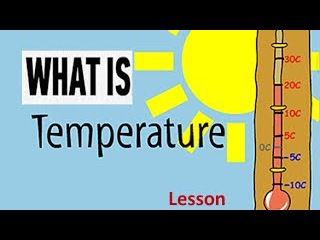 Cardiologist Anna Soloshchenko told about what needs to be done in case of their appearance.
Cardiologist Anna Soloshchenko told about what needs to be done in case of their appearance.
Do not panic
According to a specialist, first of all you need to calm down and remember the statistics: a very severe form of the disease occurs only in 10-15 percent of patients.
“In most cases, the infection (even if we talk about the most famous virus in the world – coronavirus) occurs in a mild or moderate form. Therefore, you can fight it yourself, even without outside help,” the doctor writes on his Facebook.April 2, 2020, 7:25 p.m. EOJ British doctor explained how to avoid weight gain during isolation
Do not run to the clinic or hospital
The first thought of most patients: you need to take a test or consult a doctor. But you always need to remember: a clinic or hospital is the most common place of infection transmission.
“If you are really sick with the COVID-19 virus, then visiting a medical facility unnecessarily will not give you anything, but you can infect many people,” says Soloshchenko, who calls in easy cases to resolve all issues by phone or via social networks.
Drink a lot
“This is necessary to speed up the elimination of toxins, reduce the manifestation of intoxication, prevent the appearance of acetone. So that the phlegm goes well and you cough up killed viruses and other nasty things. Put plain water near the bed, drink in small portions every 20 minutes “, – the doctor advises.
April 1, 2020, 12:45 pm The nutritionist told how to eat properly during quarantine
Bring down the temperature
Paracetamol will do.An alternative for those who for some reason cannot tolerate it is ibuprofen or mefenamic acid.
“Why don’t I name a universal temperature figure that needs to be brought down for everyone? Everyone has their own diseases and their own threshold of intolerance. Cardiovascular diseases, diabetes mellitus, renal failure and other serious chronic diseases require stricter temperature control. Most likely, it should be brought down at 38 or even lower if it causes unpleasant symptoms – severe headache and increased blood pressure in patients with hypertension (or those who have had a stroke), “Soloshchenko says.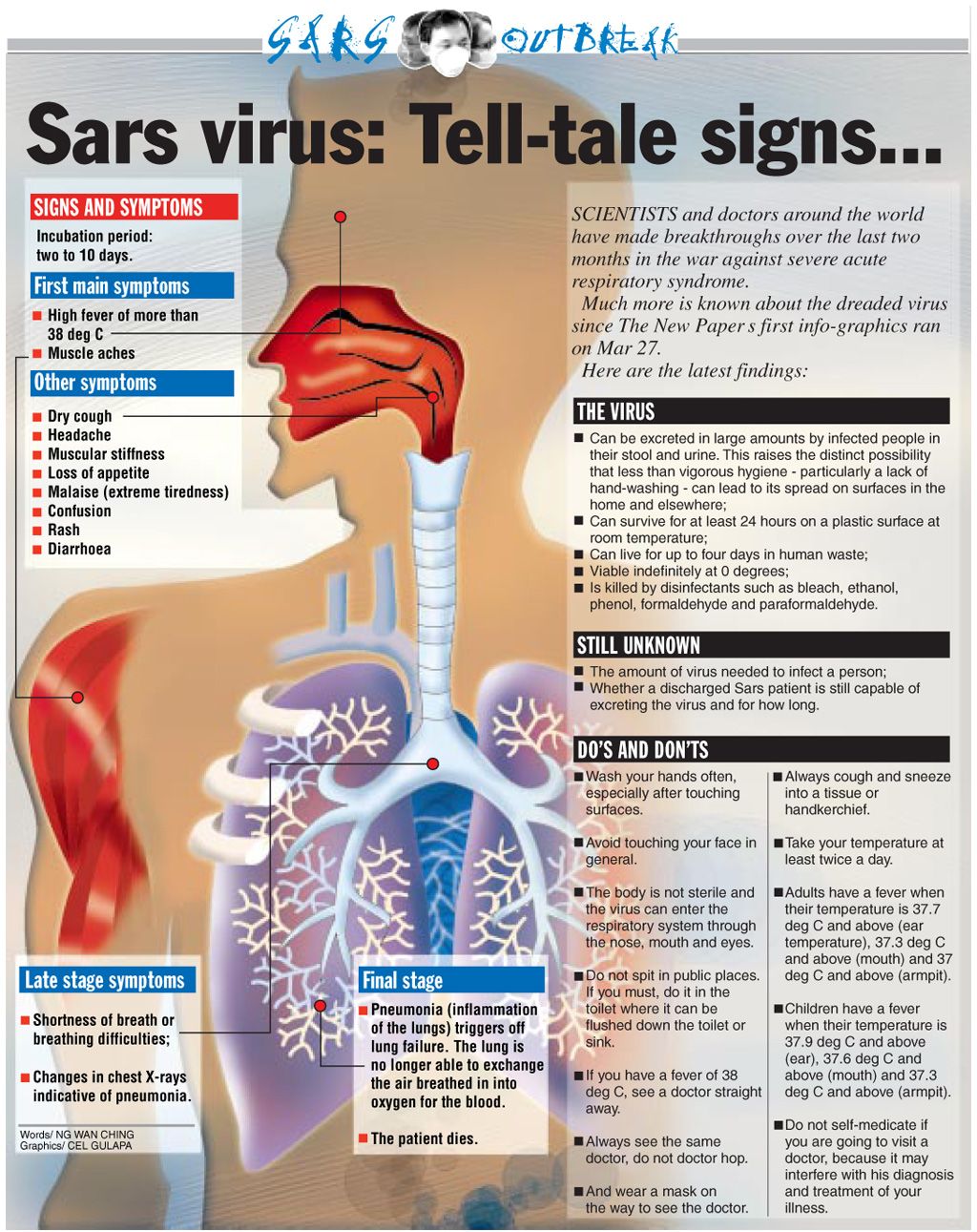
She reminds that high temperature helps the body fight the virus more effectively.
“An increase in temperature stimulates the production of interferon, which also replenishes the arsenal of our army. Therefore, it is not worth bringing down the temperature simply as a symptom of the disease. On the other hand, if the body temperature rises too much, irreversible changes in proteins begin to occur in our body (recall the denaturation of egg white in a skillet when we fry eggs.) Do not bring this to this.Therefore, if the symptoms mentioned above appear, or the temperature is above 39, we reduce it with paracetamol, “the specialist reminds.
March 31, 2020, 14:30 The expert told how to increase immunity during quarantine
More glucose
Intoxication and fever are problems that the body cannot easily cope with. Therefore, glucose acts as a source of energy. A lot of glucose.
“Most often, in the first days of illness, we have poor appetite, we hardly eat.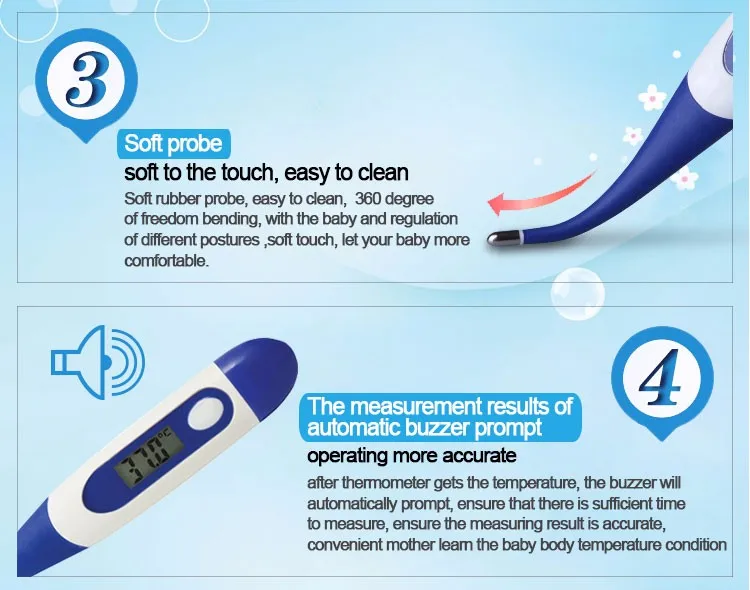 Glucose stores quickly evaporate. The body is forced to draw energy from fat stores. When fats are broken down, we get not only pure energy, but also very toxic substances – ketone bodies, including acetone. An increase in the level of these substances is very detrimental to the body: vomiting occurs, intoxication intensifies – it’s time to call an ambulance, the doctor warns. – To avoid such a scenario, you need to supply glucose to the “furnace” on time. You can do this either with the help of special medicines bought at the pharmacy, or with the help of fruit drinks, compotes, berry or fruit smoothies, raisins. “
Glucose stores quickly evaporate. The body is forced to draw energy from fat stores. When fats are broken down, we get not only pure energy, but also very toxic substances – ketone bodies, including acetone. An increase in the level of these substances is very detrimental to the body: vomiting occurs, intoxication intensifies – it’s time to call an ambulance, the doctor warns. – To avoid such a scenario, you need to supply glucose to the “furnace” on time. You can do this either with the help of special medicines bought at the pharmacy, or with the help of fruit drinks, compotes, berry or fruit smoothies, raisins. “
During the period of illness, it is recommended to forget about all sweets containing fat. The black list includes chocolate, cakes, cookies. “They raise the level of acetone,” says the expert.
24 March 2020, 08:00 WHAT will happen to your back and waist if you regularly do the bar
You need cool humidified air
“It promotes good phlegm waste, will not allow the body to overheat (it is better to wrap up warmly)” recalling the regular ventilation of the room.
Don’t lie in the same position
Lying in one position for a long time, especially on your back, is very harmful. Congestion in the lungs increases the risk of pneumonia. As often as possible, we take an upright position, toss and turn, sit. It is good if forces appear for light gymnastics – breathing or fingers.
What to do if the temperature does not drop for four to five days
If symptoms of intoxication, cough and shortness of breath persist or worsen, you should call a specialist home for tests.
“It is important to understand, first of all, whether a bacterial infection has joined against the background of a weakened immunity by the virus, whether there is damage to important organs – liver, kidneys.
Of course, the attending physician will tell you the list of tests, but I will also recommend an approximate list. This is a general blood test with a formula. It will give an answer whether it is time to prescribe an antibiotic, “says Anna Soloshchenko.
April 2, 2020, 13:30 The Olympic champion showed how to train at home during quarantine
She also recommends checking creatinine, ALT, AST, bilirubin, total protein, C-peptide “to understand the general picture of what is happening in the body.”
“To exclude the infection from entering the bloodstream and the risk of spreading it throughout the body, the doctor may even prescribe a blood test for procalcitonin. It may also be time to do an X-ray or computed tomography of the lungs to exclude pneumonia,” the doctor sums up.
Important
The World Health Organization has recognized the outbreak of the novel coronavirus (COVID-19) as an emergency of international importance. In order to fight infection in Russia, President Vladimir Putin extended the self-isolation regime until April 30.
The Rospotrebnadzor and the Ministry of Health issued relevant recommendations for the prevention and treatment of coronavirus infection. 90,000 Doctors warn of the deadly danger of low temperature with covid
Coronavirus is not always accompanied by a high fever, sometimes a temperature of 35 ° C may indicate an infection. At the same time, as doctors told Gazeta.Ru, such an indicator often speaks of serious pathologies developing in the body, even if outwardly it seems that COVID-19 passes in a mild form.This hypothesis was confirmed by American scientists – they found that patients with coronavirus with a low temperature die in 44% of cases.
At the same time, as doctors told Gazeta.Ru, such an indicator often speaks of serious pathologies developing in the body, even if outwardly it seems that COVID-19 passes in a mild form.This hypothesis was confirmed by American scientists – they found that patients with coronavirus with a low temperature die in 44% of cases.
A low temperature in coronavirus may indicate serious pathologies in the body and, as a result, an unfavorable prognosis of the disease, general practitioner Maxim Yudichev, who works in the “red zone”, told Gazeta.Ru.
“If during COVID-19 the body temperature is kept at 35.5 ° C and lower, this may indicate various concomitant diseases that can ultimately aggravate the patient’s condition, even if he has a mild form of infection”,
– he said.
Earlier, the immunologist Vladimir Bolibok told Lente.ru about the same. He suggested that during a coronavirus infection in the patient’s body, the regulation of metabolism gets lost, which leads to a decrease in temperature.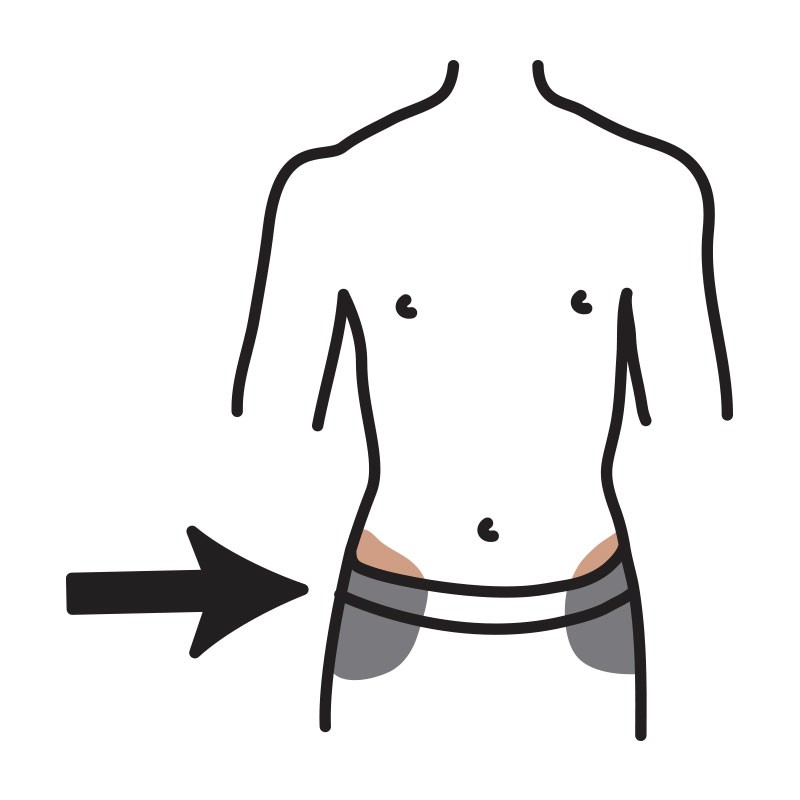
At the same time, back in August, scientists at the Icahn School of Medicine at Mount Sinai Medical Center in New York found that the low temperature recorded during the initial visit to doctors with coronavirus often leads to a severe course of the disease.
Researchers have studied the temperature readings of more than four thousand patients.As a result, they came to the conclusion that cardinally low values during the first treatment – below + 35.5 ° C – may indicate a probable fatal outcome. According to their data, people from the sample with such a low temperature died in 44% of cases.
According to Yudichev, in some cases, low body temperature with coronavirus may indicate endocrine disorders – in particular, thyroid dysfunction. In others, it is associated with a lack of immune response.
Pediatric immunologist Ekaterina Frolova agreed with him.In an interview with Gazeta.Ru, she noted that a radical decrease in temperature in COVID-19 is indeed in most cases associated with weak immunity and is mainly observed in elderly patients.
“A weakened organism can give such a reaction. The immune system does not respond to the virus damage, as a result of which such weakness appears. In addition, in elderly patients, blood pressure also changes, which also cools the body, ”said the expert.
She stressed that the likelihood of death in case of a low temperature can indeed be high, since a weakened immune system cannot cope with the consequences of coronavirus infection.
Meanwhile, as the immunologist Maria Polner explained to Gazeta.Ru, low temperature is also characteristic of patients with acute respiratory distress syndrome, which develops against the background of COVID-19. We are talking about severe respiratory failure with massive lung damage.
Another reason may be damage to the center of chemical thermoregulation, which is located in the posterior hypothalamus, says Galina Reva, professor of the Department of Fundamental Medicine at the School of Biomedicine of the Far Eastern Federal University.
“The center of chemical thermoregulation is located in the posterior hypothalamus. The anterior one controls heat transfer through the implementation of the respiratory and vasomotor center. Damage to the higher centers of regulation of the body is more important than local damage. Since hypothalamic neurons do not have a typical barrier, they are very sensitive to ischemia and viral toxins. In turn, the lack of regeneration and the death of neurons are associated with an unfavorable prognosis, ”the expert explained to Izvestia.
At the same time, therapist Anastasia Baranova warned that you should not panic at the sight of 35.5 ° C on the thermometer – instead, check if the temperature was measured correctly.
“If you do not measure with a mercury thermometer, but with a non-contact device, then you need to measure the temperature at a distance of three to eight centimeters. The device should be held for about a second above the place where the vessels are located close – the forehead, earlobe, or on the hand. And at the same time, it is imperative to first warm up if you came from the cold, ”the doctor emphasized in an interview with Gazeta.Ru.
And at the same time, it is imperative to first warm up if you came from the cold, ”the doctor emphasized in an interview with Gazeta.Ru.
“For confirmation, you need to measure the temperature three times with a mercury thermometer in the armpit, and only while in a warm room.If, after these manipulations, the temperature remains low, then this is a clear reason to consult a doctor and undergo examinations, ”the newspaper’s interlocutor concluded.
90,000 What to do if a child has a fever?
One of the most controversial issues for moms and dads is temperature. Shoot down or not. Is it good or bad? Our pediatrician, homeopath and very attentive experienced doctor Svetlana Anatolyevna Korzhova (Health Territories-October field) wrote an article that every mother should read:
“Each parent wants the best for his child, takes care of him, regrets, tries to teach him the correct behavior, attitude towards the world around him.But why, when a child gets sick and his temperature rises, parents do the child a “disservice” by using antipyretic, antiviral, thereby harming his health? Of course, they want to help relieve the child of the “torment” accompanying the increase in body temperature, not knowing that they interfere with the immune system to do its job.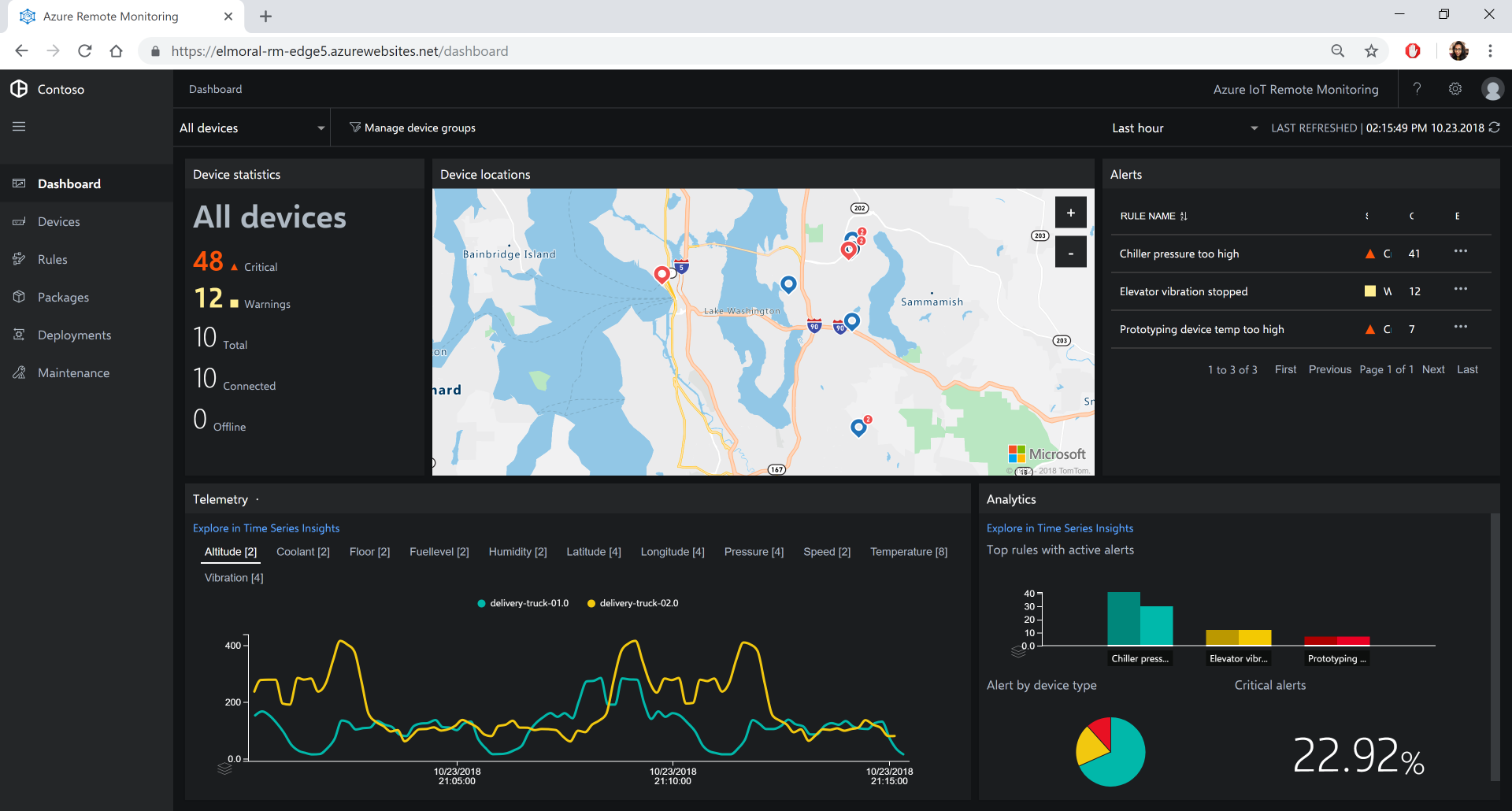 By “treating” a child, parents are actually treating their anxiety and fears.
By “treating” a child, parents are actually treating their anxiety and fears.
Fever is an increase in body temperature for the introduction of viruses or bacteria, through the spontaneous production of pyrogens.An increase in body temperature is a trigger mechanism, the body releases leukocytes, interferons, immunoglobulins, which, moving to the focus of inflammation, destroy and cleanse the body of an infectious agent and toxins.
- This is the body’s natural defense against illness, a rise in temperature indicates that the healing system has switched on and is working, one should not be afraid of this, one should rejoice at this. People whose body cannot raise their body temperature in the event of a cold are considered to be in a low level of health, have chronic diseases, or are in the process of becoming a chronic disease.By giving antipyretics, we stop the immune response and prolong the disease for a long time, which subsequently leads to the prescription of antibiotics and other chemical, harmful substances.

- It is argued that high body temperature can lead to irreversible damage to the brain and internal organs. Yes, this can happen when the temperature rises above 41 degrees, but the body’s defenses will not allow the temperature to rise above this figure, since this mechanism works not for killing, but for protection.Studies have shown that the increase in temperature in children did not exceed 40.5 degrees. The reason for the temperature rise above the threshold figure of 41.0 is poisoning with toxic substances or medicines, heat stroke, fever in cancer, immunodeficiency, sepsis. Such cases are observed only in the hospital.
- Many parents fear a high fever in their children due to seizures, mistakenly believing that seizures occur when the temperature is too high. In fact, seizures occur with a sharp rise in temperature, and only in certain constitutional types of a person.This is rare, with only 4% of children, mostly under the age of five. There is no evidence that they leave serious consequences and that the seizures will recur.
 For children after febrile seizures, an EEG (electroencephalogram) is usually always done, where epileptic brain activity is not detected.
For children after febrile seizures, an EEG (electroencephalogram) is usually always done, where epileptic brain activity is not detected. - The use of antipyretics and rubdowns is almost always carried out too late. with a rapid increase in temperature, the seizure threshold is quickly crossed.Convulsions in a child are an unbearable sight, but they do not last long (1-2 minutes). If this happens, then you need to turn the child on its side, make sure not to choke on saliva, place a folded towel between the teeth so as not to bite your tongue and call your doctor or ambulance.
- The peculiarity of changes in body temperature is observed in children under one year old, because they do not have a mature thermoregulatory center. Body temperature changes with ambient temperature. If the temperature in the room where the child is above 25 degrees or the child is very warmly dressed, the increase in body temperature can be up to 37.5.In this case, you need to undress the child and measure the temperature after 5-10 minutes.
 Also, an increase in temperature to subfebrile numbers (37.5) can be during teething and this is accompanied by salivation and anxiety. Care should be taken when the temperature rises in children during the first months of life. they have a peculiarity of immunity (incomplete phagocytosis), you should immediately consult a doctor.
Also, an increase in temperature to subfebrile numbers (37.5) can be during teething and this is accompanied by salivation and anxiety. Care should be taken when the temperature rises in children during the first months of life. they have a peculiarity of immunity (incomplete phagocytosis), you should immediately consult a doctor.
In a strong child, the fever goes away without any special consequences, but if he has chronic diseases, then acute fever can activate them and then additional examination and treatment will be required.
What to do for parents if the temperature rises
- See a doctor for an examination to identify the reasons for the increase in temperature. If there is no cause for concern, stay at home and follow the steps below.
- Regularly measure body temperature, control health.
- Increase the volume of drinking. Use herbal teas from medicinal plants linden, thyme (thyme), Ivan – tea (fireweed), leaves and berries of raspberries, currants, cranberries, sea buckthorn, with the addition of lemon, honey.
 Freshly squeezed fruit juices.
Freshly squeezed fruit juices. - To feed the child only at will, because it takes a lot of energy to digest food, and energy is needed to fight disease. The food should be light, it is necessary to exclude food of animal origin (milk, meat)
- Bed rest, if possible (children are hard to keep in bed)
- When the temperature rises above 39.0 degrees, you can put a compress from a towel moistened with water on the forehead, including the temporal region, to make you feel better, do not often wipe the child with warm water.
- If the temperature lasts for the third day, be sure to consult a doctor again.
High temperature in a child and an adult, causes and first aid
Temperatures around 36.6 ° C are normal for most people. However, for some, the “working” body temperature may be a couple of tenths of a degree lower or higher than this value. A low or high body temperature may be a sign that some kind of malfunction has occurred in the body. For example, a high temperature in an adult or child may appear due to frostbite, burns, sunstroke, etc. In addition, all sorts of diseases can be its cause, for example:
For example, a high temperature in an adult or child may appear due to frostbite, burns, sunstroke, etc. In addition, all sorts of diseases can be its cause, for example:
- influenza, ARVI, tonsillitis, otitis media, etc.;
- Excessive physical activity – sports or hard work in the heat;
- some mental disorders in a chronic course;
- the presence in the body of a sluggish inflammatory process that affects, for example, the prostate or ovaries, as well as the oral cavity;
- urological diseases;
- diseases of the digestive tract;
- hyperfunction of the thyroid gland;
- oncology;
- severe dehydration;
- side effects from taking certain pharmaceuticals, etc.d.
A high fever in a child or an adult is not in itself a pathology that requires treatment – it is rather a symptom that indicates the presence of an infection in the patient’s body. High temperature is a natural reaction of the body’s immune system to the invasion of bacteria, viruses or other pathogens – it has been proven that when the body temperature rises to 38 ° C, the vast majority of them are destroyed.
However, even an insignificant increase in body temperature may indicate the presence in the body of a sluggish inflammatory process or some serious disease.Interestingly, in a child, a high fever usually appears closer to the night and is accompanied by chills. In any case, this is a serious symptom, if present, you should see a doctor.
Symptoms of high temperature in adults and children
In the overwhelming majority of cases, the fact that the patient’s body temperature rises above normal can be judged by the following signs:
- weakness, decreased performance, sometimes up to the inability to get out of bed;
- muscle pain;
- the patient has “aching bones”;
- dizziness;
- Photophobia, pain and cramps in the eyes;
- chills;
- headache;
- in severe cases, the patient may have convulsions, as well as hallucinations and delusions;
- it is possible that the patient gradually develops respiratory and / or heart failure.

However, sometimes there are cases of high temperature without symptoms – only measuring the temperature will help to identify its deviation from the norm. This can be especially dangerous, because after a high temperature – 38 ° C and above – the patient may develop various disorders of the central nervous system, and it can also provoke dehydration, a decrease in pressure and a number of other pathologies.
How can I help a child or adult suffering from high fever?
First of all, at home, bed rest and drinking plenty of fluids will help alleviate the condition of a patient with a high temperature.It is necessary to regularly ventilate the room where it is located, at the same time preventing an excessive increase or decrease in the air temperature in it. Rubbing with warm water helps not only to normalize the patient’s temperature, but also to remove from the surface of his skin toxins released from sweat.
Too high a temperature that does not subside for a long time can be a sign of serious illness.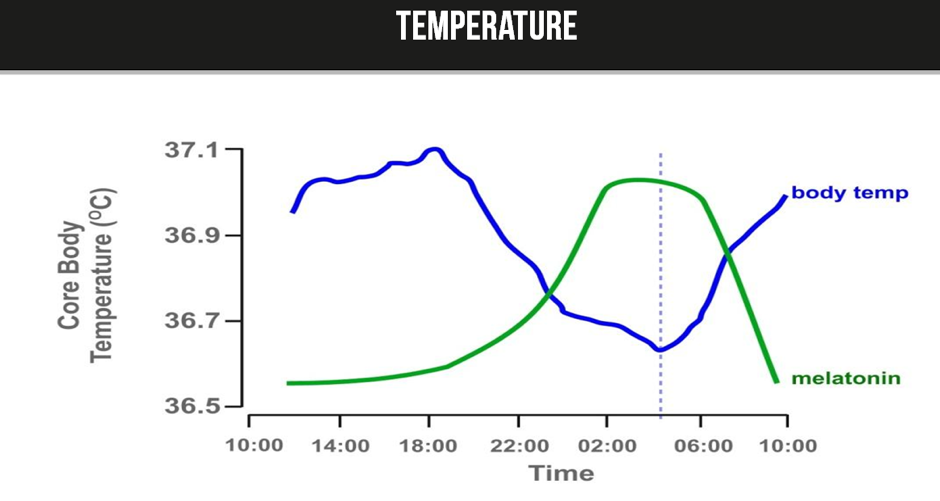 Therefore, it is recommended not to let the treatment take its course and consult a doctor.In our family clinic in Ryazan, specialists will quickly determine what exactly caused the patient’s body temperature to rise and prescribe an effective treatment. To identify the causes of the patient’s serious condition, various analyzes and instrumental studies can be prescribed, for example:
Therefore, it is recommended not to let the treatment take its course and consult a doctor.In our family clinic in Ryazan, specialists will quickly determine what exactly caused the patient’s body temperature to rise and prescribe an effective treatment. To identify the causes of the patient’s serious condition, various analyzes and instrumental studies can be prescribed, for example:
A timely visit to a doctor will prevent the development of possible complications and the transition of the disease into a chronic form. We are always happy to help you!
90,000 Heat exhaustion and heatstroke – hot weather risks
Hot weather is a source of increased danger for children and people with poor health.In combination with high humidity, the risks increase. The main rules are to avoid being outdoors for a long time, be sure to wear a hat, and limit physical activity in the open air during the peak of the heat. Given that thirst is not a necessary sign of dehydration, a person may not notice overheating.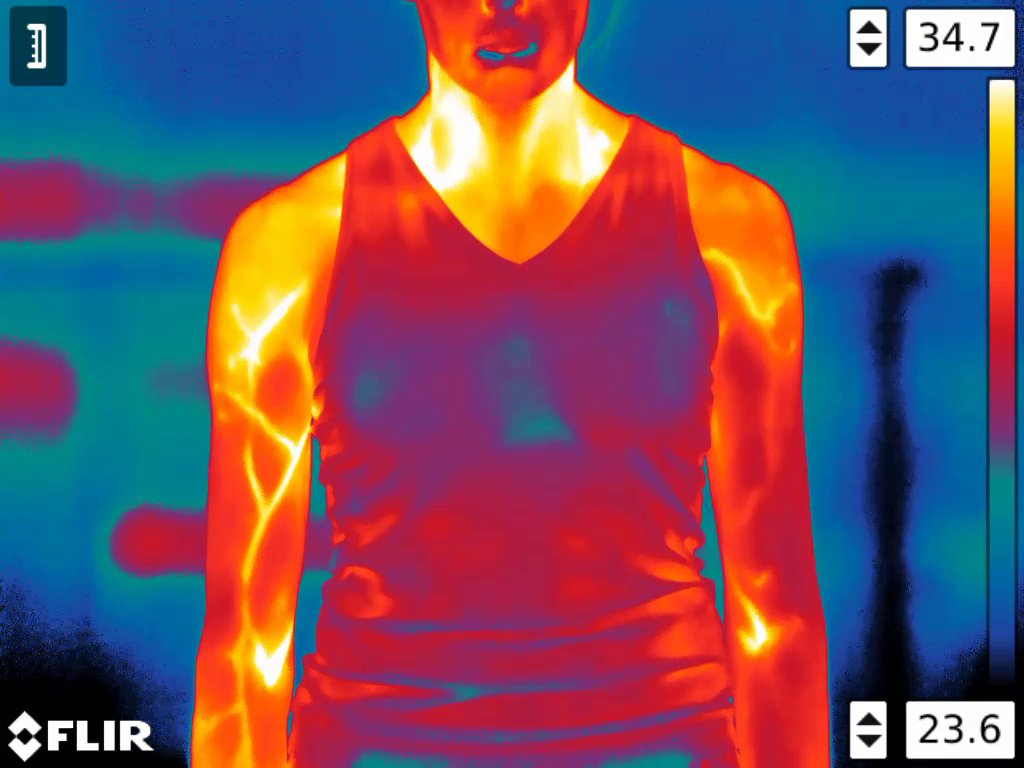 To make it easier for the child to endure the heat, you can wipe the child with a damp towel and give him more to drink. Keep in mind that children overheat 3-5 times faster than adults, so even in frosty weather, a dressed baby who is left in a car with a heater and in the sun can be seriously injured.
To make it easier for the child to endure the heat, you can wipe the child with a damp towel and give him more to drink. Keep in mind that children overheat 3-5 times faster than adults, so even in frosty weather, a dressed baby who is left in a car with a heater and in the sun can be seriously injured.
Disturbances caused by exposure to high temperatures develop as a result of a combination of increased heat input and reduced heat transfer.
Impaired body cooling can be attributed to obesity, high humidity, high ambient temperatures, warm clothing, or any other factor that impairs perspiration or perspiration evaporation.
The elderly and young children are at high risk.The risk is higher in older people because they are more likely to take drugs that increase the risk, they are more likely to develop dehydration and heart failure. In children, the increased risk is associated with a higher body surface area-to-weight ratio (which creates conditions for more heat consumption from the environment on hot days) and a lower rate of sweat production.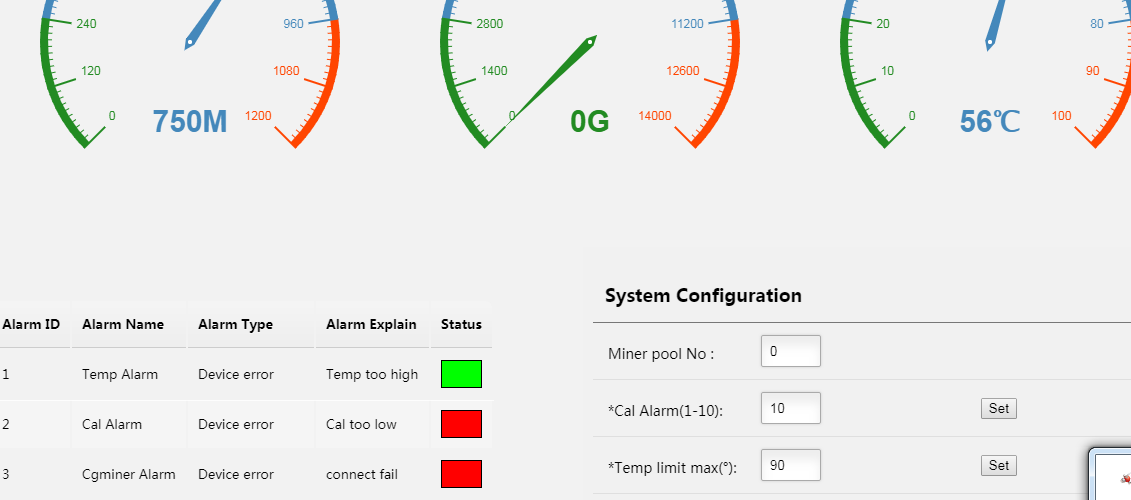 Children acclimate more slowly and feel less thirsty. Both the elderly and young children can be relatively sedentary, which prevents them from leaving the place of exposure to high temperatures on their own.
Children acclimate more slowly and feel less thirsty. Both the elderly and young children can be relatively sedentary, which prevents them from leaving the place of exposure to high temperatures on their own.
In extremely hot weather, children and the elderly should not stay in unventilated areas unless air conditioning is provided.
Adults should never leave children in the car in summer! When the outside air temperature is 27C in the car, it is 10 degrees higher, even if the windows are open. A critical condition – heatstroke, comes on very quickly, and is one of the reasons for the death of children. Even if the child is able to provide qualified assistance on time, the consequences of heatstroke can be irreversible.At a temperature of 42 C, convulsions, loss of consciousness, vomiting occur, and cerebral edema may occur.
If you are traveling with a child in stuffy transport, you can put a thin scarf soaked in cool water around his neck, or just a piece of cloth. The water can even be warm – the main thing is that it will cool the location of the large vessels. When you come home, rinse your hands and neck with cold water.
The water can even be warm – the main thing is that it will cool the location of the large vessels. When you come home, rinse your hands and neck with cold water.
Also try to adhere to the following rules:
do not let children get into the car to play;
do not leave doors open;
when driving, check that the car seat does not overheat;
In summer, use light-colored child seat covers that absorb sweat better and attract less heat.
Heat exhaustion is a non-life-threatening clinical syndrome of weakness, malaise, nausea, fainting, and other non-specific symptoms caused by heat exhaustion. Thermoregulation and central nervous system functions are not impaired, however, as a rule, there is dehydration and a moderate increase in body temperature is possible. Treatment: rest in a cool place and replace fluid loss.
Heat exhaustion differs from heatstroke in the absence of abnormalities in the brain (eg, confusion, ataxia).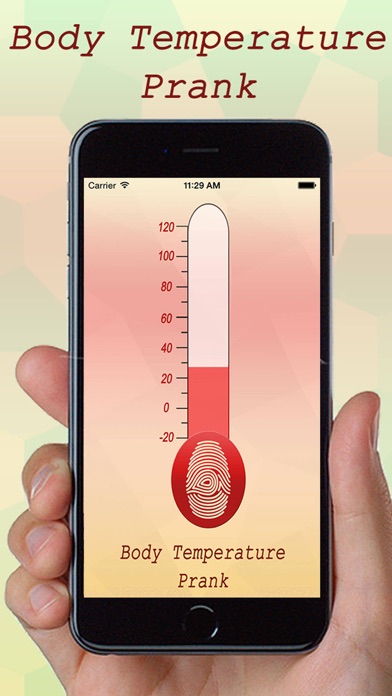
Symptoms are often nonspecific and patients may not be aware that overheating is the cause. General discomfort, weakness, dizziness, headache, nausea, and sometimes vomiting are possible. Fainting associated with prolonged exposure to heat (heat fainting) may occur. On examination, the patient looks tired, usually he has increased sweating and tachycardia, orthostatic hypotension is possible. The mental state does not suffer, in contrast to cases of heatstroke.The temperature is normal, and when it rises, it usually does not exceed 40 ° C.
The diagnosis of heat exhaustion is made on the basis of clinical data, additional tests are performed according to indications to exclude other conditions similar in clinical presentation.
( Remember: even a slight alcoholic intoxication in combination with the scorching sun can lead to overheating, and a very drunk person will not feel that the body is “boiling” at all! If a person is in open water, he may lose consciousness and drown.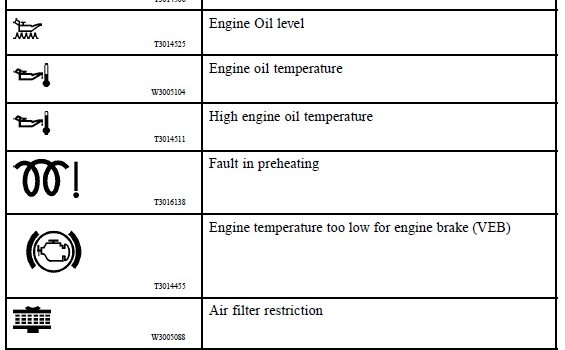 This will happen unnoticed by others, and you may not have time to provide first aid )
This will happen unnoticed by others, and you may not have time to provide first aid )
Heatstroke is a hyperthermia accompanied by a systemic inflammatory response that causes multiple organ failure and is often fatal. Symptoms include fever> 40 ° C and mental disturbance; sweating may be absent. The diagnosis can only be made by a medical professional. However, there are certain symptoms to watch out for.It is imperative to act quickly and call 112 or 103 first.
Classic heatstroke develops within 2–3 days of exposure to high temperatures. It occurs more often in summer, in hot weather, usually in elderly sedentary people living in rooms without air conditioning, often with limited access to fluids. Heatstroke can quickly develop in children left in a stuffy car, especially with closed windows.
The main signs are CNS dysfunction, ranging from confusion and strange behavior to delirium, seizures, and coma.Ataxia can be an early symptom. Tachycardia, even when lying on the back, and tachypnea are common. Sweating may or may not be present. The temperature rises> 40 ° C.
Tachycardia, even when lying on the back, and tachypnea are common. Sweating may or may not be present. The temperature rises> 40 ° C.
Heatstroke differs from heat exhaustion by the exhaustion of compensatory mechanisms of heat transfer, the presence of dysfunction of the central nervous system, and an increase in temperature> 40 ° C.
In the event of heatstroke, an ambulance should be called immediately, as this is a life-threatening condition.Move the victim to a cool place, turn on the fan, put compresses with ice on the palms, feet, cheeks, spray lukewarm water on the body. Attempts to cool the person should be continued until the ambulance arrives. You cannot use any medications if you are not qualified as a health care provider.
To avoid overheating, replenish fluid loss by the body in time, it is better to use clean water for this. Sugary drinks will only increase your thirst. There is a common misconception that it can be quenched with beer. However, the alcohol contained in it will only contribute to the dehydration of the body, and hot weather will increase the load on the excretory system, which is already working in full force. The liquid must be drunk, regardless of the feeling of thirst, every few hours. The maximum net water absorption in the intestine is about 20 ml / min (1200 ml / h, which is lower than the maximum sweating rate of 2000 ml / h).
However, the alcohol contained in it will only contribute to the dehydration of the body, and hot weather will increase the load on the excretory system, which is already working in full force. The liquid must be drunk, regardless of the feeling of thirst, every few hours. The maximum net water absorption in the intestine is about 20 ml / min (1200 ml / h, which is lower than the maximum sweating rate of 2000 ml / h).
Heatstroke must be distinguished from sunstroke and also from poisoning (especially in young children).If you are not a specialist, it will be difficult for you to correctly identify the painful condition. Therefore, the sooner you seek medical attention, the more effective the treatment will be.
Teething temperature: causes, duration
During teething, the child’s body experiences severe stress and reacts to this with an increased temperature. In order not to confuse the common cold and teething temperature, you need to know what exactly happens when the teeth are cut.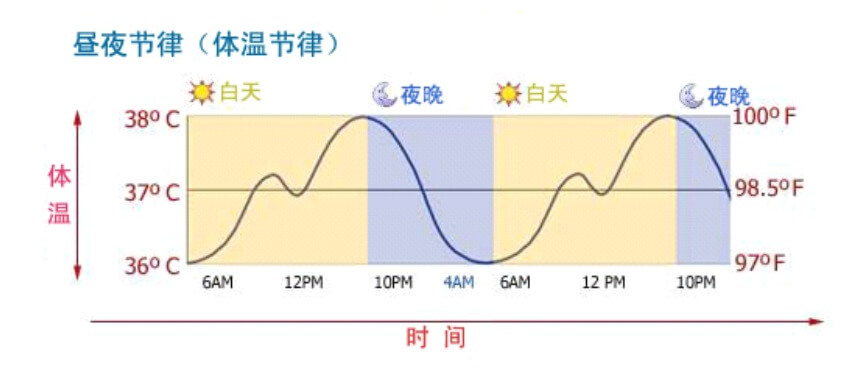
The reason for the temperature rise during teething
The temperature does not arise for a reason. The child’s body reacts in this way to the emerging inflammation of the gums, through which the tooth will soon come out. At this time, immunity at the site of the future tooth decreases, and various microorganisms begin to activate, which also cause temperature.
Up to a year, teething is more or less calm and does not cause severe inconvenience, but after a year, when the canines begin to erupt, which need more time to appear, the baby may experience pain, accompanied by a temperature, up to several weeks.
Often, the temperature rises not due to gum inflammation, but due to viruses or infections that have entered the body due to lowered immunity. The body with its help fights them, because they are not able to exist at high temperatures, therefore they die.
How much can the temperature rise?
How much the temperature rises is individual for each organism. Normally, it can vary from 37.5 to 38.5 degrees. It is necessary to measure the temperature every half hour or hour, because in young children it can rise very quickly, because their body is not yet able to perform heat exchange correctly.
Normally, it can vary from 37.5 to 38.5 degrees. It is necessary to measure the temperature every half hour or hour, because in young children it can rise very quickly, because their body is not yet able to perform heat exchange correctly.
If the temperature begins to reach a value of 39 degrees, then you must immediately call an ambulance, because this can mean the appearance of various complications.
Duration
Regardless of the examples given, all organisms react differently, so different children can develop according to their own scenario. Usually the temperature lasts 2-3 days and disappears when a tooth erupts. There are also cases when the temperature lasts for 5 or even 7 days, and the temperature can rise and disappear completely after a few hours.
Be that as it may, the doctor still needs to be called in to examine the baby. To exclude complications and a number of other diseases, so that if something happens, start treating them as early as possible.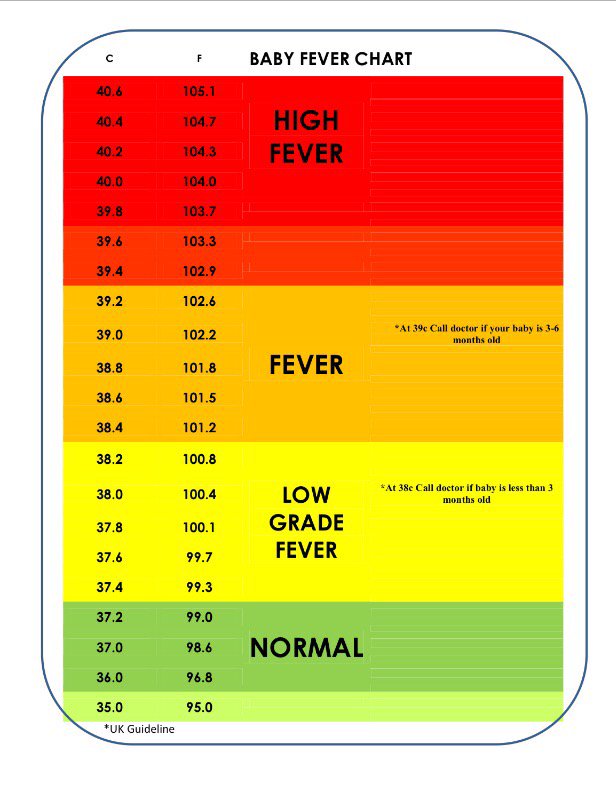
What other symptoms are there in addition to fever?
Temperature is not the only sign of teething. In parallel, a runny nose may join due to the spread of edema from the gums to the nasal mucosa. This happens when the upper teeth are erupting.
Also one of the symptoms is profuse salivation and weakening of the baby’s stool.
What symptoms should alert you?
Due to reduced immunity, the child’s body is not able to fight many viruses and infections. The following signs may indicate their presence:
• the nose is heavily stuffed up, and snot is flowing from it in large quantities. This means that rhinitis has joined the edema, it must be treated;
• diarrhea. Very rarely, it appears along with the temperature, but it still happens.This can mean any intestinal infection brought in by the baby with the help of toys;
• cough. Because of the strong salivation, children do not always have time to swallow saliva, so sometimes they can choke on it, as a result of which they cough. If the cough repeats systematically and at the same time there are signs of outgoing sputum, then inflammation of the respiratory tract has joined the temperature;
If the cough repeats systematically and at the same time there are signs of outgoing sputum, then inflammation of the respiratory tract has joined the temperature;
• reddened throat. In addition to the nasal mucosa, edema can also spread to the mucous throat. This may mean the appearance of pharyngitis or acute respiratory infections;
• nausea and vomiting.They occur at a very high temperature, possibly a symptom of an intestinal infection or damage to the nervous system.
If the baby has these signs, you need to immediately consult a doctor who will prescribe the necessary treatment, regardless of the presence of a temperature.
What measures to take in case of high temperature?
Many parents start giving antipyretics and antivirals when their temperature is mild. This cannot be done, because you need to allow the body to fight the virus itself.The abuse of such drugs can lead to addiction, and the body in the future will not be able to cope with infections and viruses on its own. Pediatricians advise not to bring down the temperature until it reaches 38 degrees, because you need to give the body a fight.
Pediatricians advise not to bring down the temperature until it reaches 38 degrees, because you need to give the body a fight.
If the antipyretic drugs are not effective, you can rub the baby with a little cool water or rub it with an alcohol solution with the addition of vinegar.
Sometimes parents resort to a method such as homeopathy, but these remedies will not effectively reduce the temperature, although they can generally improve the condition of the baby.
If the temperature does not drop for more than 3 days, you should consult a doctor.
Is it possible to walk at a temperature?
If the baby’s health is normal and the temperature is not too high, then a walk in the fresh air will only be beneficial. Only the child needs to be dressed for the weather. You need to walk calmly so that he does not overwork.
Even if there is confidence that the temperature is a consequence of teething, you still need to call a doctor who will make an accurate diagnosis and prescribe the correct treatment. Self-medication in this case is unacceptable, because in case of an error, you can harm the baby’s health.
Self-medication in this case is unacceptable, because in case of an error, you can harm the baby’s health.
Sign up for treatment and consultation with a pediatric dentist!
90,000 Toothache. Causes of high temperature
What causes an increase in body temperature along with a toothache? This may indicate not only common dental problems such as tooth decay or pulpitis, but also more serious diseases.
The temperature in case of toothache is increased by protective systems so that the infection does not multiply and interferon is produced.That is, the temperature is not our enemy, and we can bring it down only when it is too high.
If you reduce the temperature with appropriate drugs, then this will not be a victory over the disease. When the temperature of is only 37-38 degrees , then artificially lowering it can only interfere with the fight against infection.
To establish the cause of the onset of fever, it is necessary to consult a doctor, take tests, and be examined. Of course, you can independently try to understand what is the reason for the rise in temperature.
Periodontitis
This is a rather serious disease when periodontal tissues become inflamed. It develops if the infection from the patient with pulpitis of the tooth leaves its limits, accompanied by severe toothache.
Symptoms of periodontitis:
- Redness of the gums, its swelling.
- High temperature.
- Cheek edema is possible.
- The lymph nodes under the jaws become large.
- Subjectively, it seems that the tooth with periodontitis has grown in size.
Periostitis
If periodontitis is not treated in time, it can turn into an even more unpleasant disease – periostitis , when the inflammation affects the jaw bone, and a flux forms in the periosteum. An abscess appears near the diseased tooth, from which pus seeps out in a severe case. Periostitis is characterized by an increase in temperature , toothache , edema of soft facial tissues , swelling of several gum teeth, poor general health.The pain sometimes goes, for example, in the area of the temples, ears.
Alveolitis of the hole
Even after the tooth itself has been removed, problems can arise. But this is normal, the pain can last two more days after removal. If the operation was difficult, then the pain will last a week, gradually fading away. When the temperature rises at the same time, this indicates that the socket of the tooth is inflamed due to its infection, alveolitis.
A blood clot can break down if the recovery behavior guidelines prescribed by your doctor are not followed.Although compliance with all the rules is not a guarantee of preservation from complications. The latter can occur, for example, in the case of low immunity in a patient, medical errors.
Symptoms of alveolitis: temperature rises to 39; intense pain where the tooth was extracted; a gray bloom at the site of the hole; putrid breath; swelling on the face; lymph nodes are enlarged.
Otitis media
Temperature along with toothache may be due to a disease not associated with teeth – otitis media .This is an inflammation in the tympanic cavity, it can be caused by an infectious disease, for example, a cold, sore throat.
With otitis media, ear pains appear, hearing decreases, and the temperature rises. It so happens that the pain of otitis media migrates to the area of both jaws. Therefore, otitis media is perceived by many as just a toothache.
If you have the problems described above, you should immediately consult with your dentist, understand the cause and start the correct treatment!
To make an appointment for urgent appointment , call +7 (391) 202-65-08
.

 It works by turning down the brain’s thermostat.
It works by turning down the brain’s thermostat.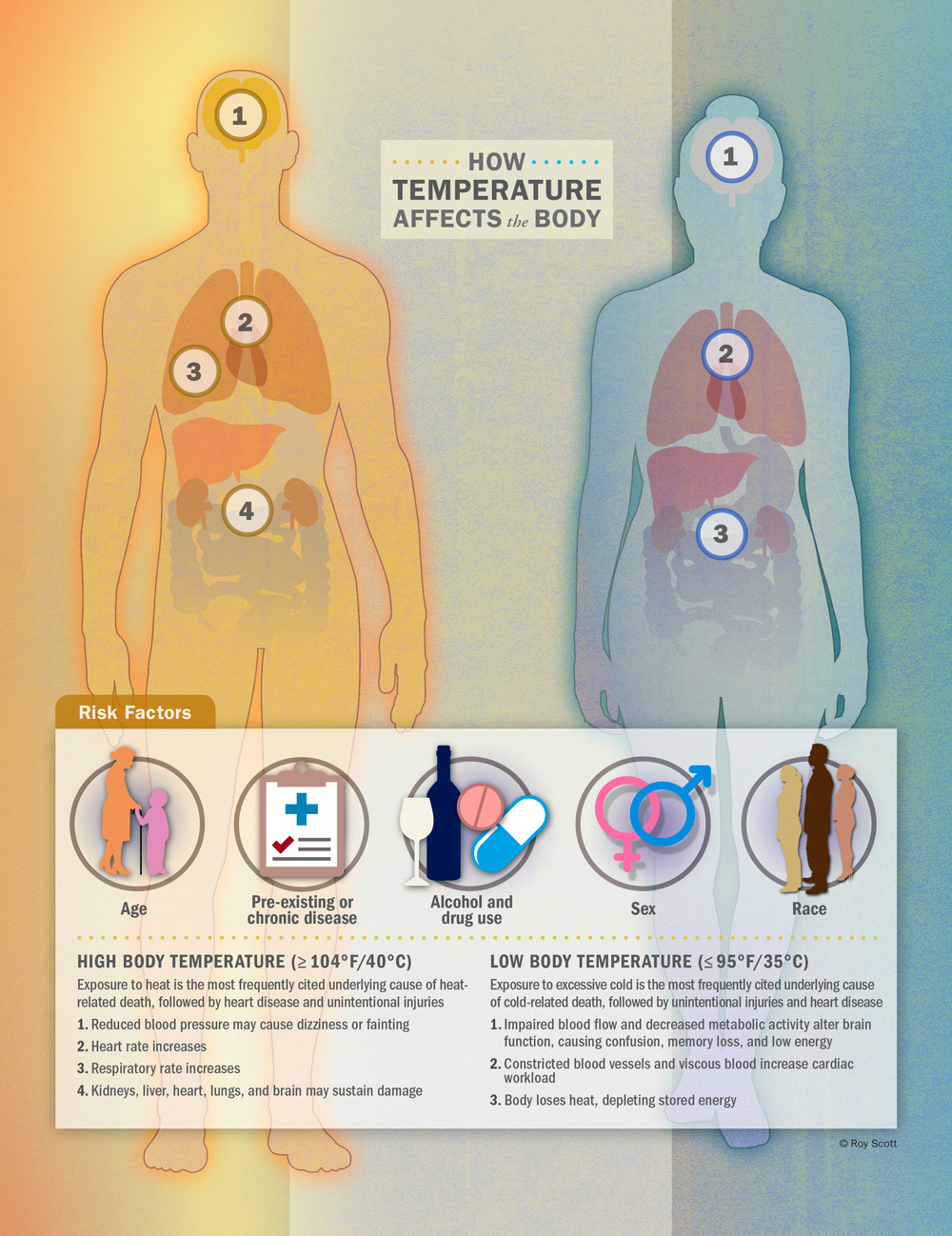
 Also know what the side effects are.
Also know what the side effects are. Reinbek: Rowohlt; 2005.
Reinbek: Rowohlt; 2005.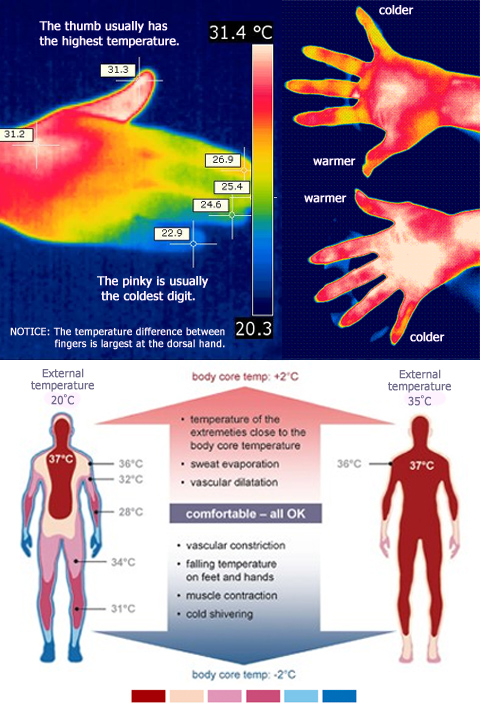
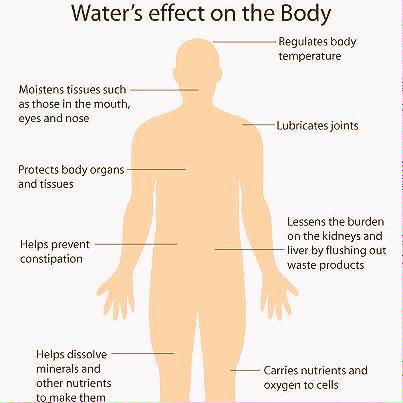



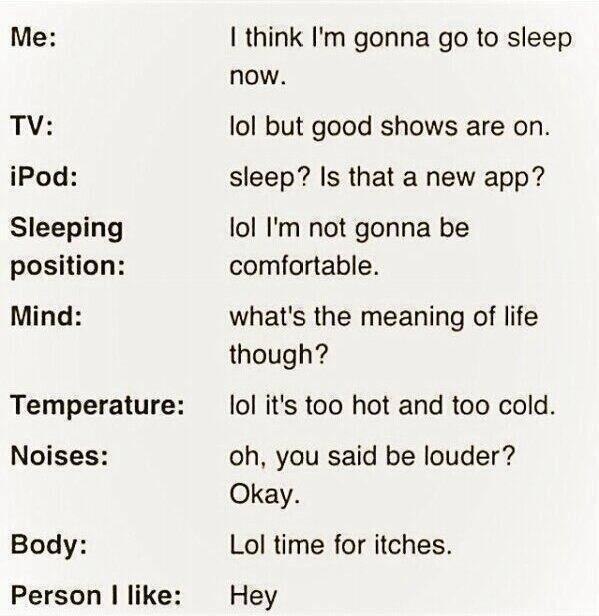 (It is important not to get dehydrated if you take ibuprofen, as there is a risk of kidney disease.)
(It is important not to get dehydrated if you take ibuprofen, as there is a risk of kidney disease.)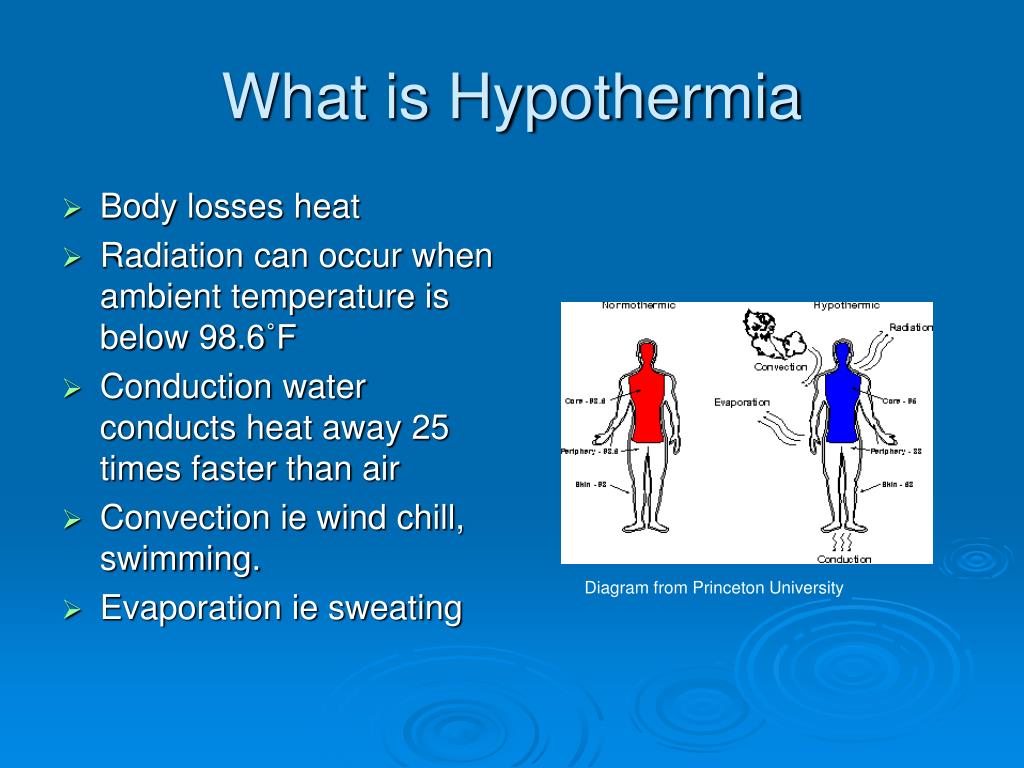
 For children after febrile seizures, an EEG (electroencephalogram) is usually always done, where epileptic brain activity is not detected.
For children after febrile seizures, an EEG (electroencephalogram) is usually always done, where epileptic brain activity is not detected.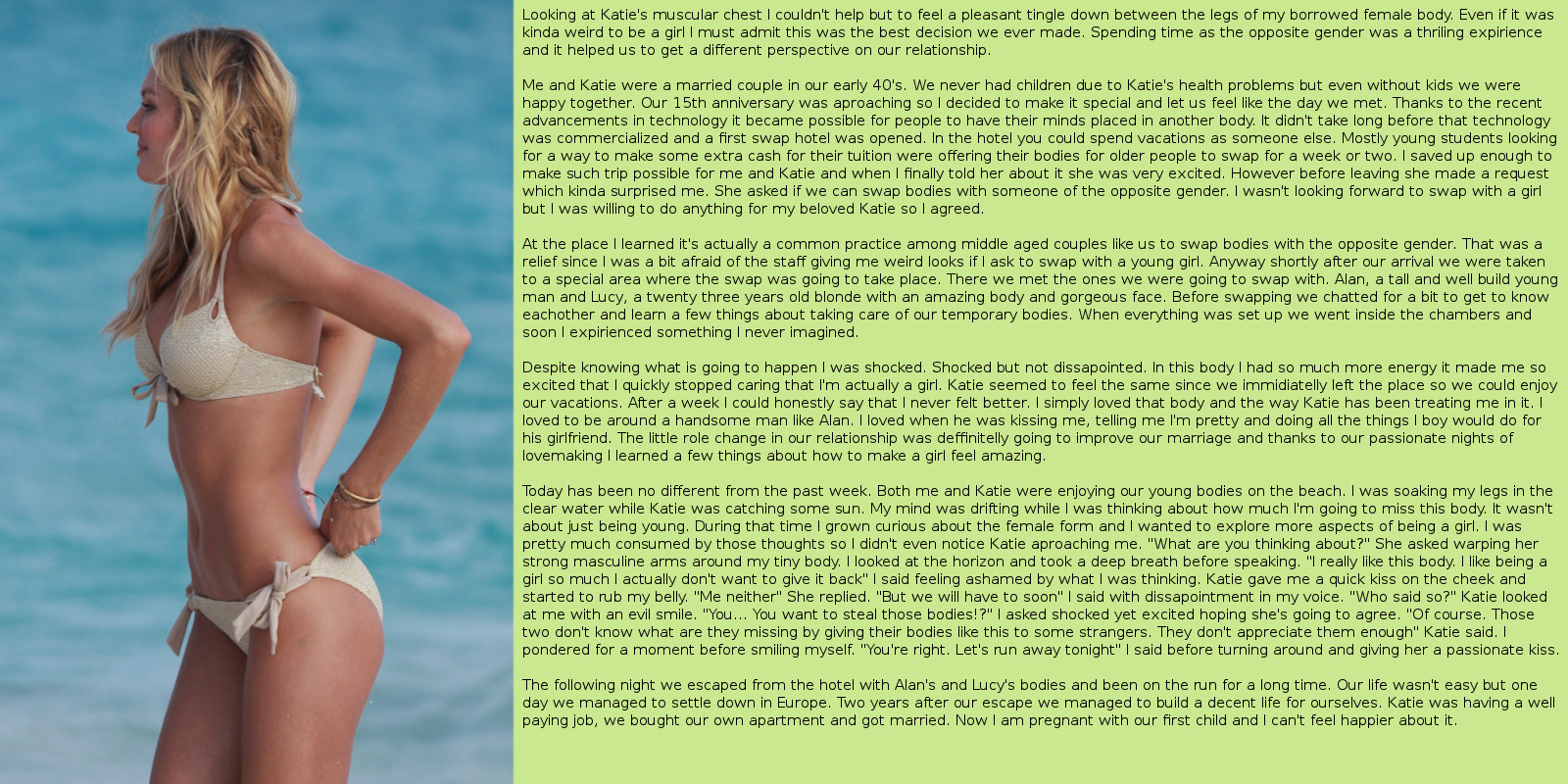 Also, an increase in temperature to subfebrile numbers (37.5) can be during teething and this is accompanied by salivation and anxiety. Care should be taken when the temperature rises in children during the first months of life. they have a peculiarity of immunity (incomplete phagocytosis), you should immediately consult a doctor.
Also, an increase in temperature to subfebrile numbers (37.5) can be during teething and this is accompanied by salivation and anxiety. Care should be taken when the temperature rises in children during the first months of life. they have a peculiarity of immunity (incomplete phagocytosis), you should immediately consult a doctor. Freshly squeezed fruit juices.
Freshly squeezed fruit juices.:max_bytes(150000):strip_icc()/cocaine-high-012-5a59243f7bb28300378bc666.jpg)